Adam Smith Awards 2015 winners
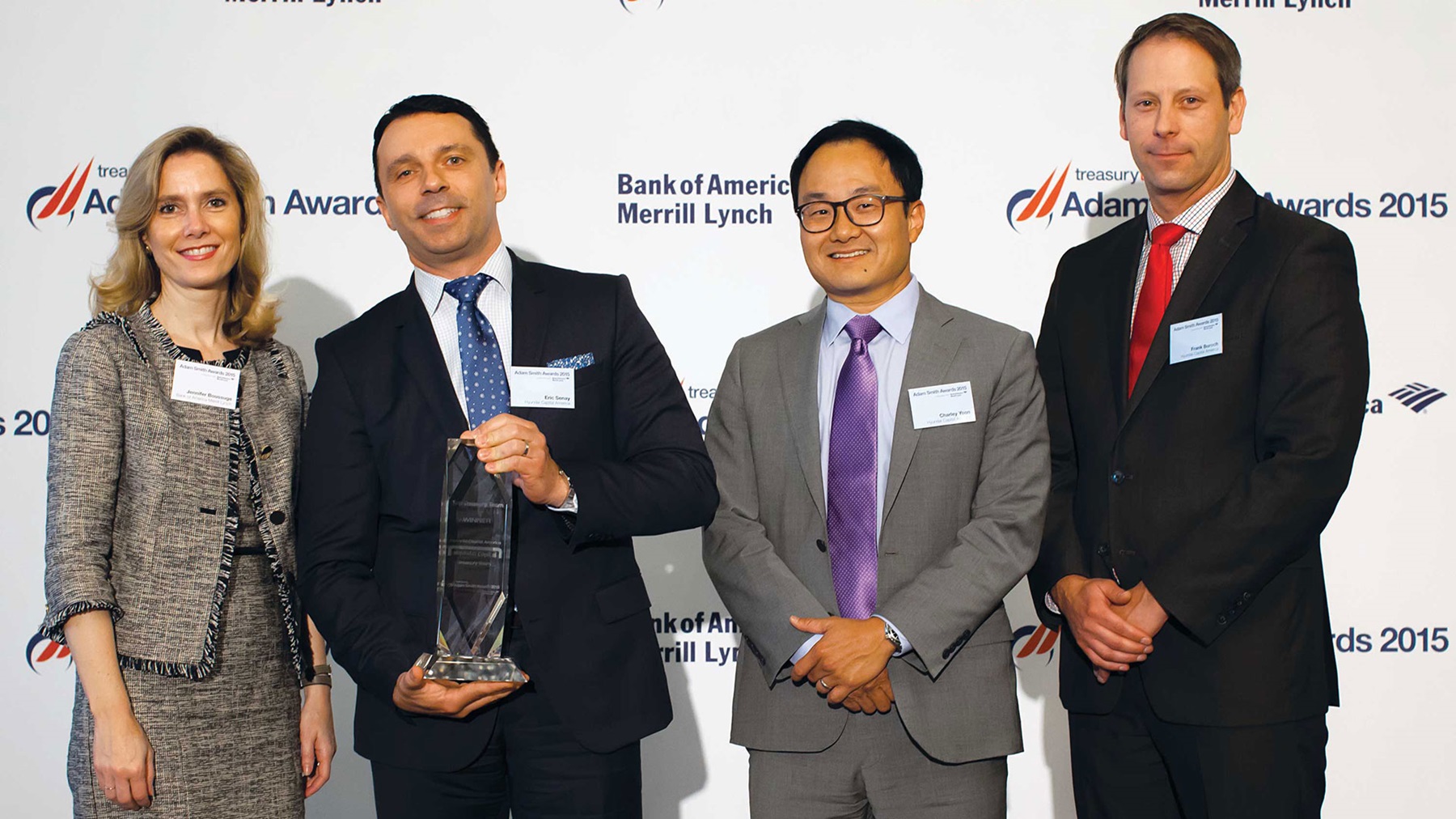

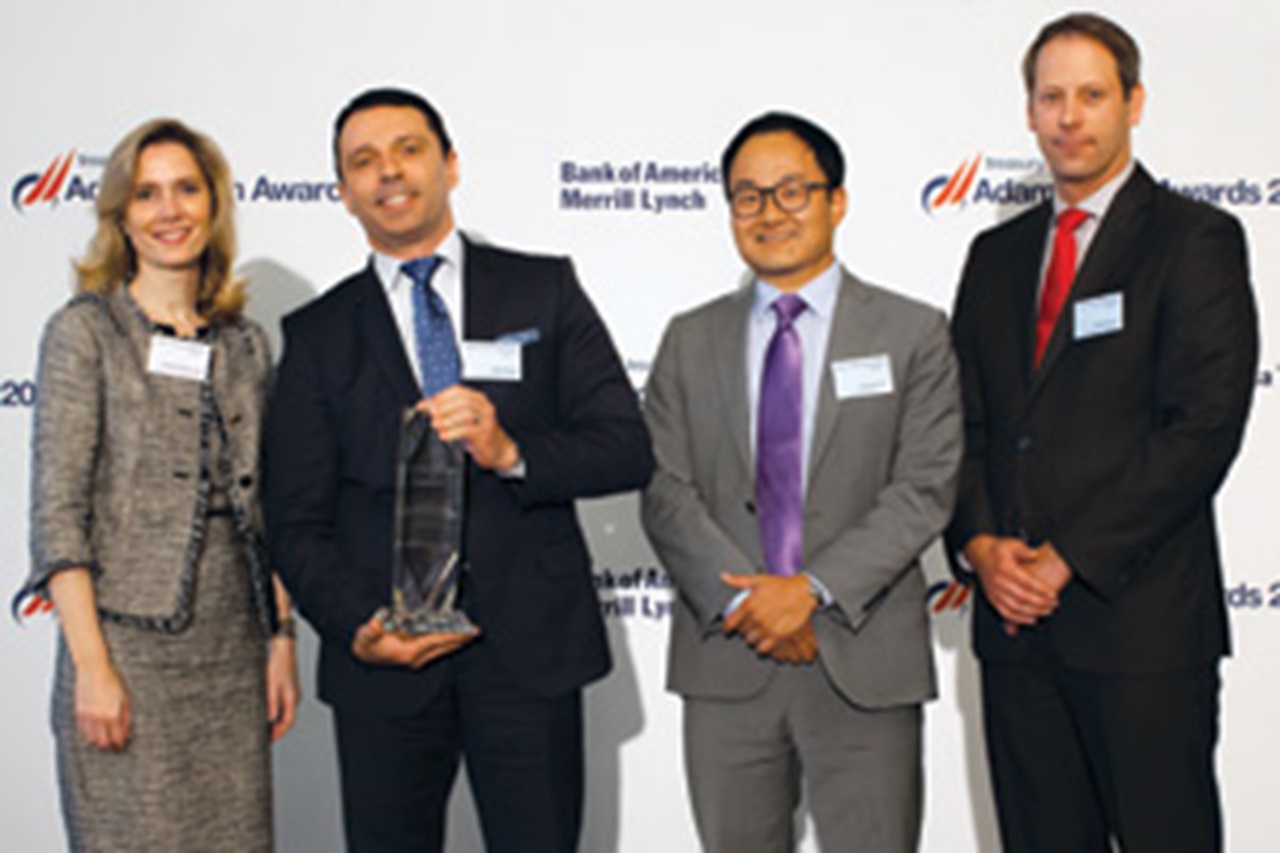

Our Top Treasury Team accolade this year goes to Hyundai Capital America (HCA) under the leadership of Frank Boroch, Director, Treasury Investor Relations. HCA embarked upon a multi-year strategic plan which mapped out a new organisational structure spanning eight domains of expertise from treasury operations, cash and bank relationship management to investor relations, governance and controls, DCM and exposure and risk management. This is a truly remarkable journey of transformation and a most worthy winner.
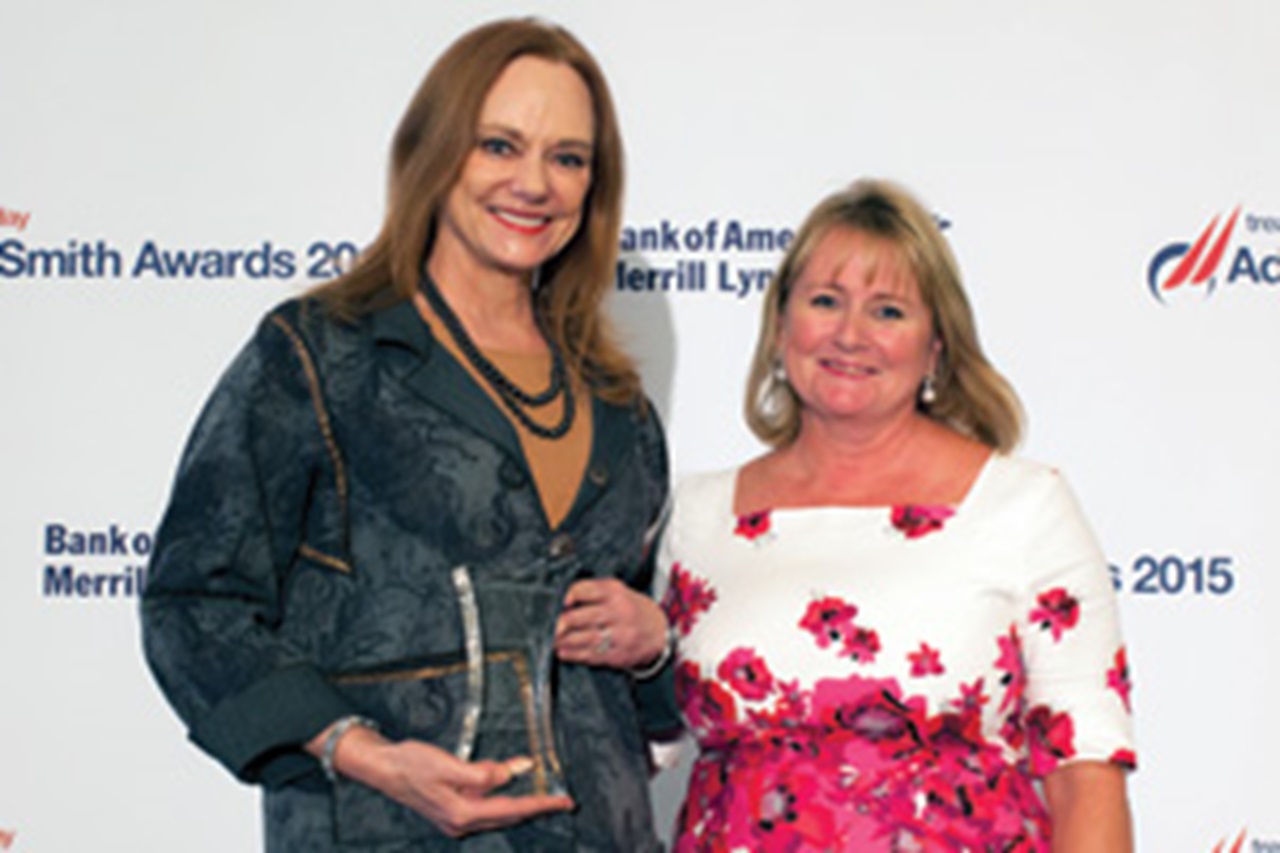

This year’s Treasury Today Woman of the Year, Christine McCarthy, has demonstrated real achievement in her career whilst dedicating a significant amount of her own time to inspire younger women with the lessons she has learnt on the path to success. Our judges felt she was a true role model to other women in the world of treasury and her colleagues at The Walt Disney Company agreed: “She is a strong and inspiring leader who believes in empowering her team, while giving them guidance and support to achieve even greater success,” says Tom Staggs the company’s Chief Operating Officer.


Our judges felt the scale of projects undertaken by David and his team at HCSC warranted a most deserved winner as Judges’ Choice, given the manner in which the team had gone about responding to the challenges of the US Affordable Care Act (ACA) that went into effect in 2014. The projects span eight key areas across treasury, a remarkable effort.
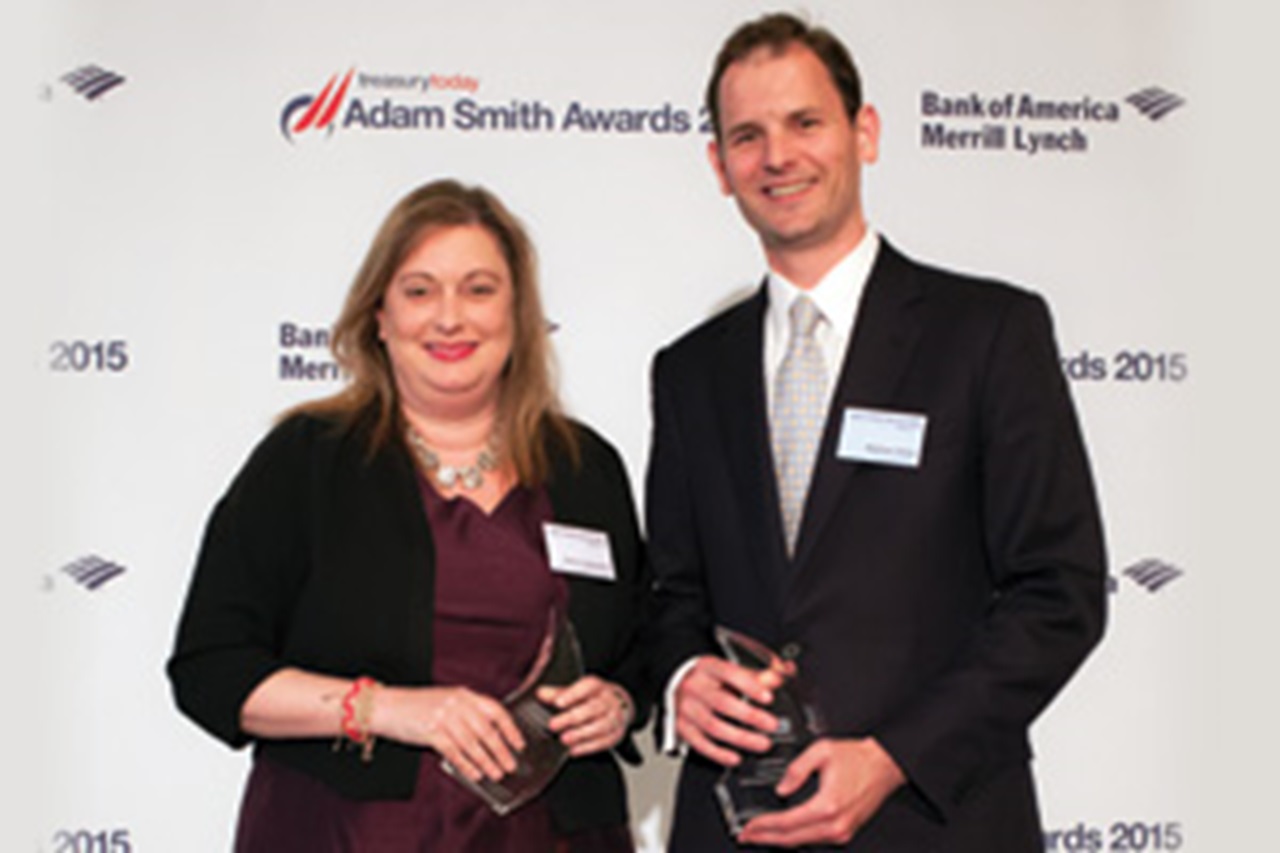

This solution demonstrates an entirely new way of moving trapped cash out of China, made possible by recent changes in regulation, which could serve as a model for other global businesses. This new structure is one of the first of its kind and, combined with the RMB tranche in the syndicated loan arrangement, means Intertek is blazing a trail for others to follow.
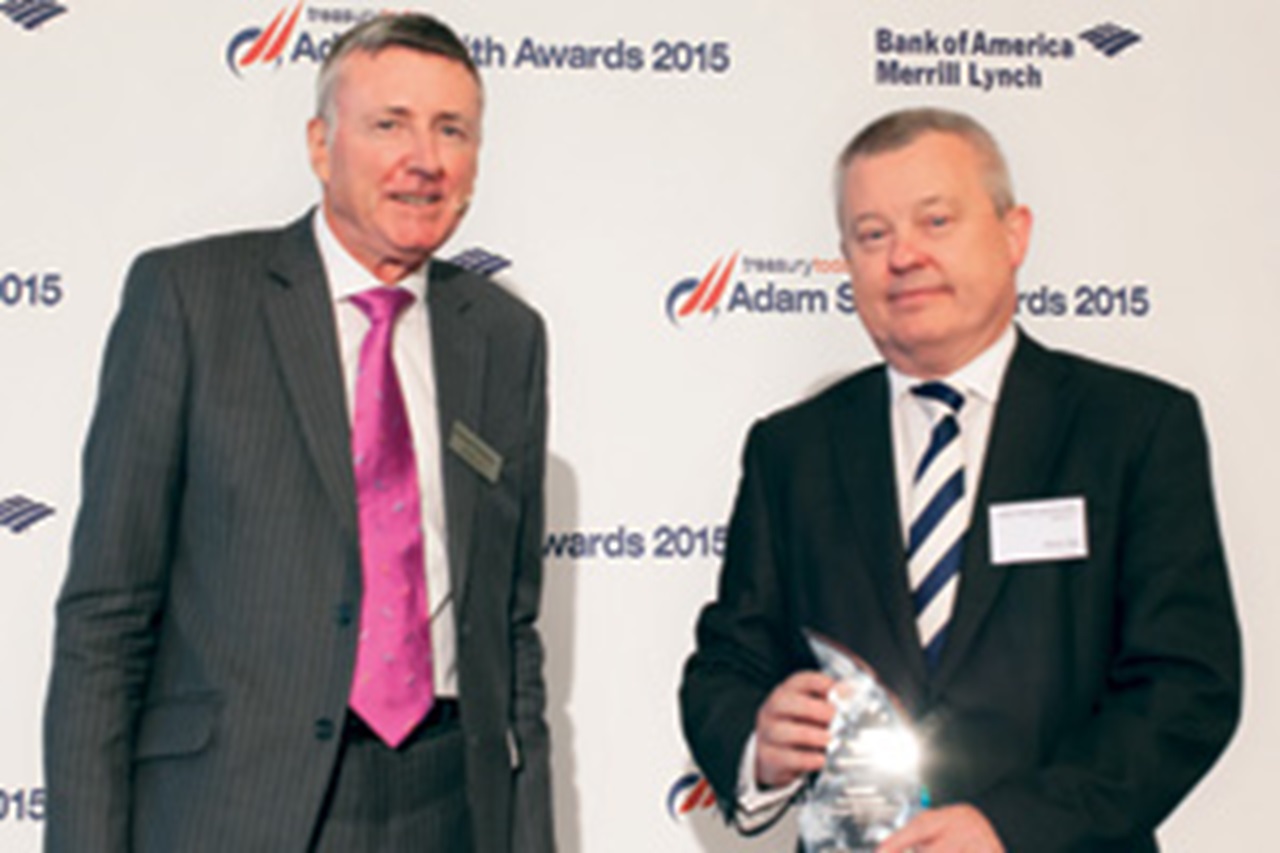

The re-engineering of Baker Hughes’ global USD pool is an exceptional project due to the size, scope and implementation timeframe. This ambitious initiative significantly reduced bank accounts (more than 200 in just seven months) while increasing transparency and improving operating efficiency.


This solution uses cloud technology via a ‘dashboard’ to monitor all short-term investments for working capital cash, assist in generating accounting entries for investments, share investment information with local teams around the world and provide real-time information on investment activity to teams across treasury and tax as well as senior management.
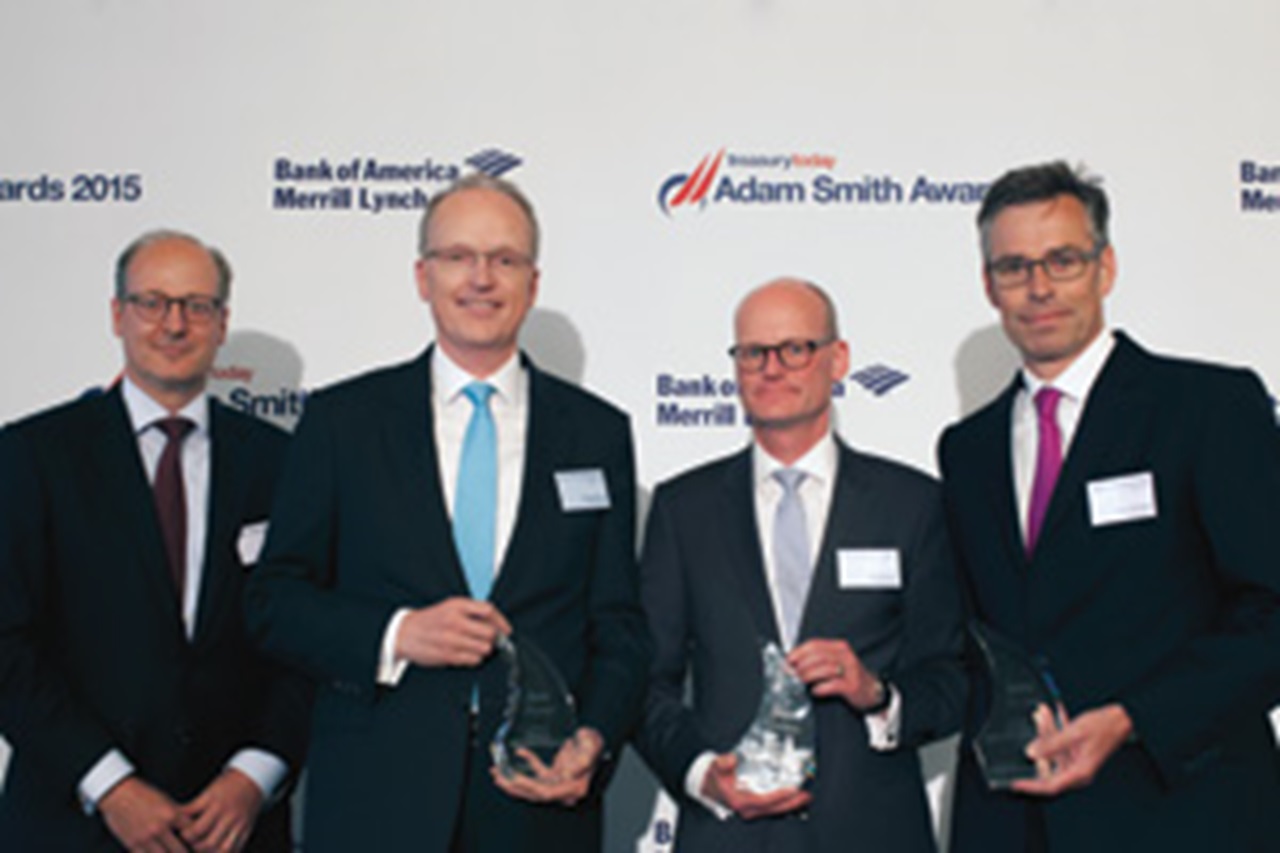

This solution illustrates the immense importance of long-term relationship building and trust across a broad array of relationships; particularly when the transaction relates to the largest corporate acquisition financing in Europe since the financial crisis of 2008 and the largest M&A transaction in Merck’s history.
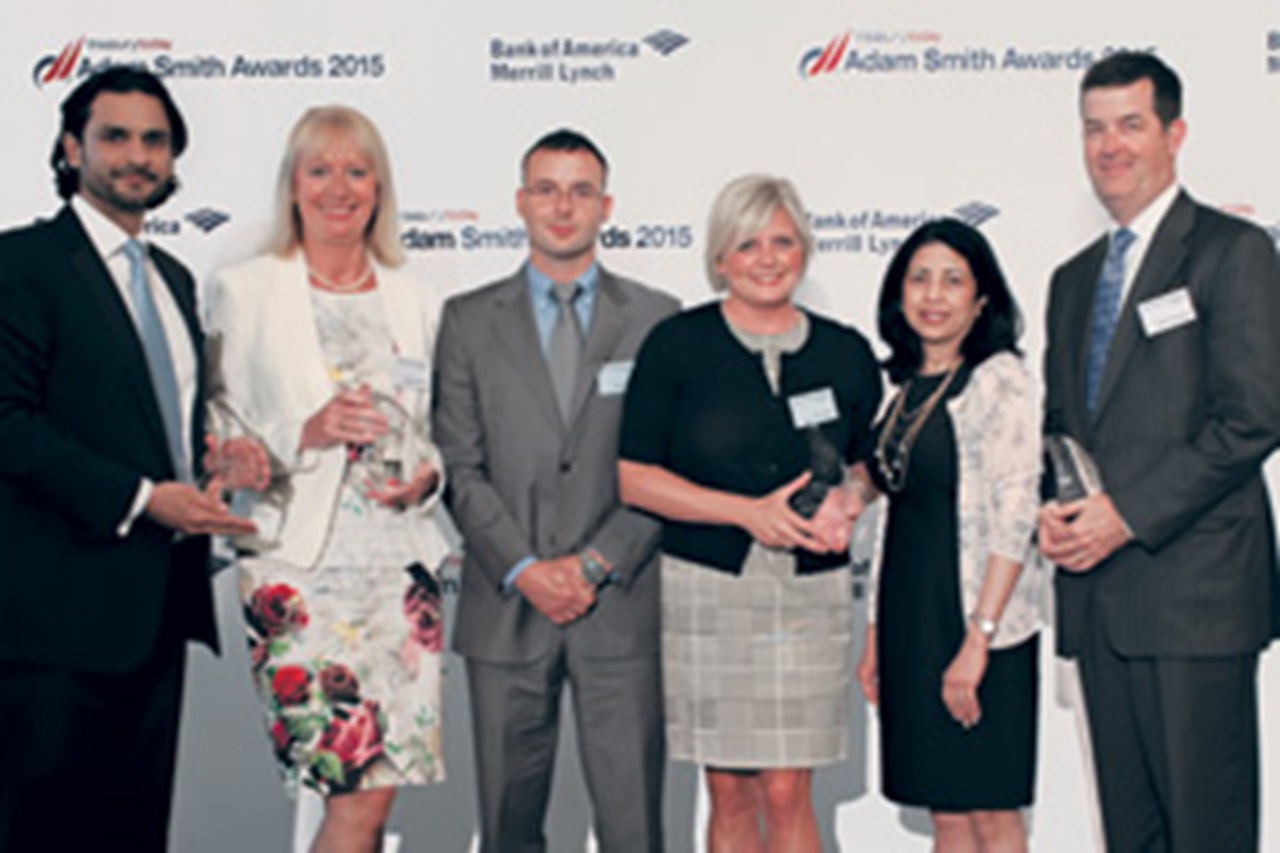
This submission was the result of a conversation which began at the 2014 Adam Smith Awards Lunch in London. The culmination is a solution comprising three banks, each of which took on an equal role. It really is a uniquely collaborative solution for supply chain financing.
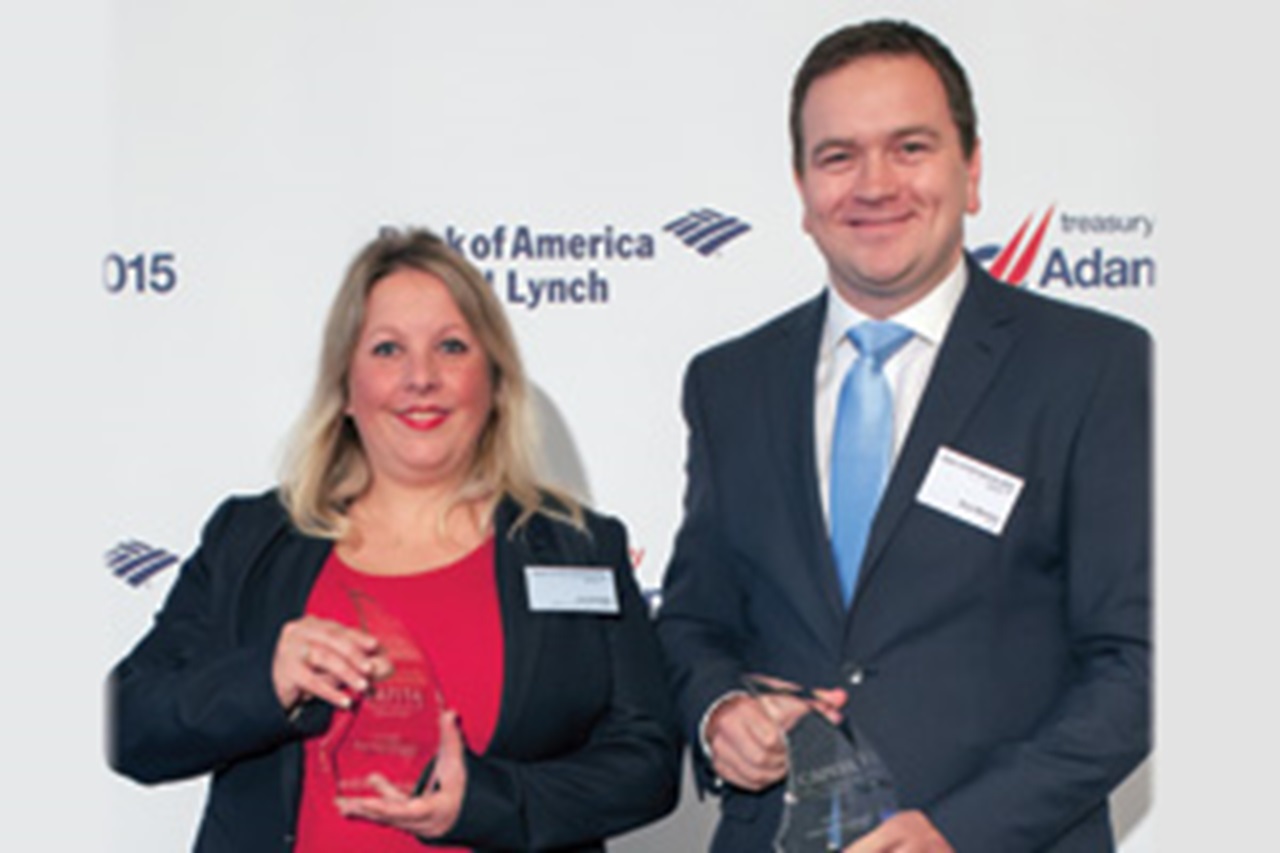

As a stand-alone product, this bespoke card solution and the sophisticated technology used, are enough to justify why it should win an award. But this is even more impressive when you consider the time frame in which the solution was implemented. Design, implementation and integration of a system of this scale, would normally take six months; but through the efficiency and skill of both parties, this groundbreaking solution was delivered within just four months.
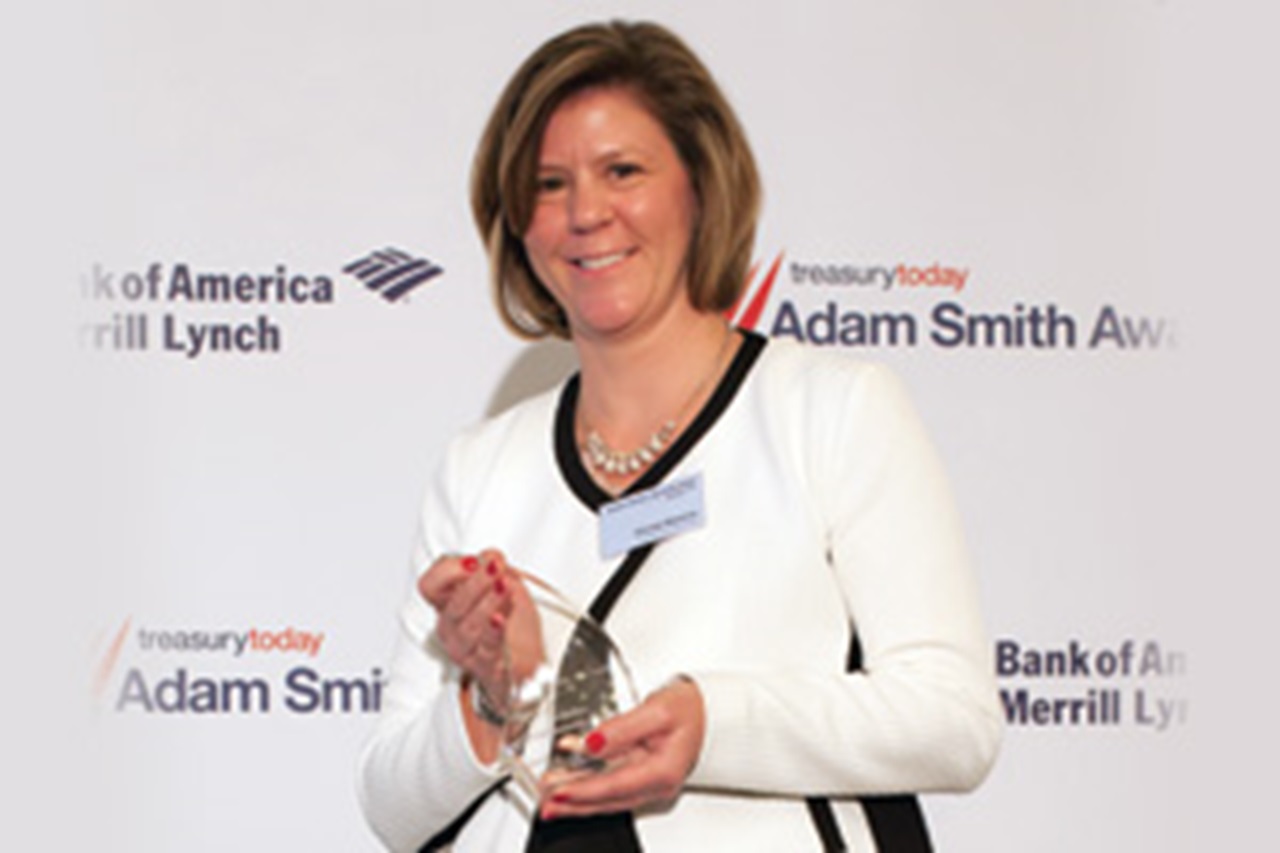

The structure that Intellectual Ventures has created to securitise its royalty cash flows is innovative because it is the first offering of its kind in the debt capital markets dedicated solely to the monetisation of technology-related patent royalties.


Through this in-house developed solution, Google can selectively optimise the trade-off between premium cost and risk reduction based on its own particular risk appetite and market conditions across varying exposures and time horizons.
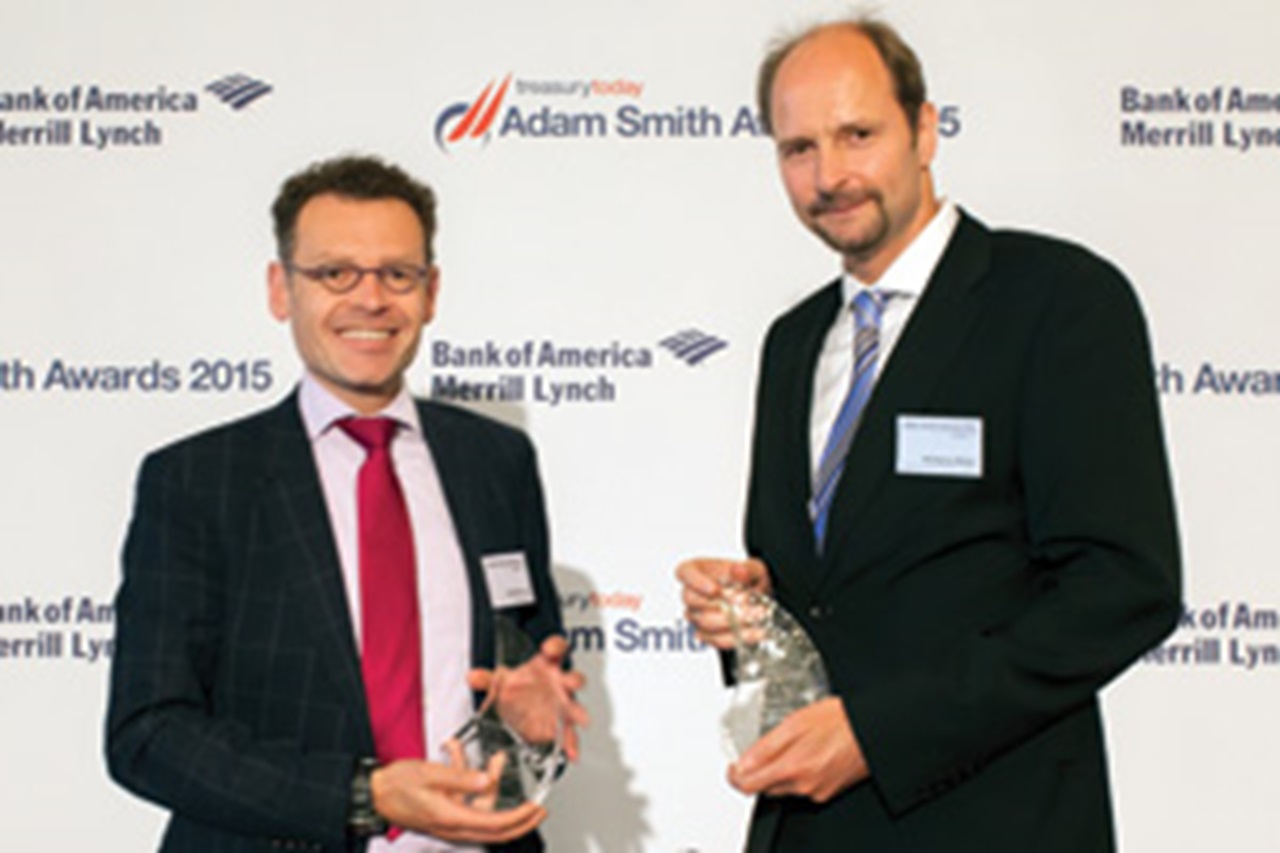

Usually when one mentions risk management, one thinks interest and foreign exchange hedging. SETC is Sanofi Group In-House Bank deploying a payment factory model across the group entities and geographies with a target of worldwide coverage in more than 60 countries. SETC aimed at going beyond the role of a traditional payment factory by implementing a true Competence and Excellence Centre for payments whilst fulfilling the highest standards in terms of compliance, security and internal controls.
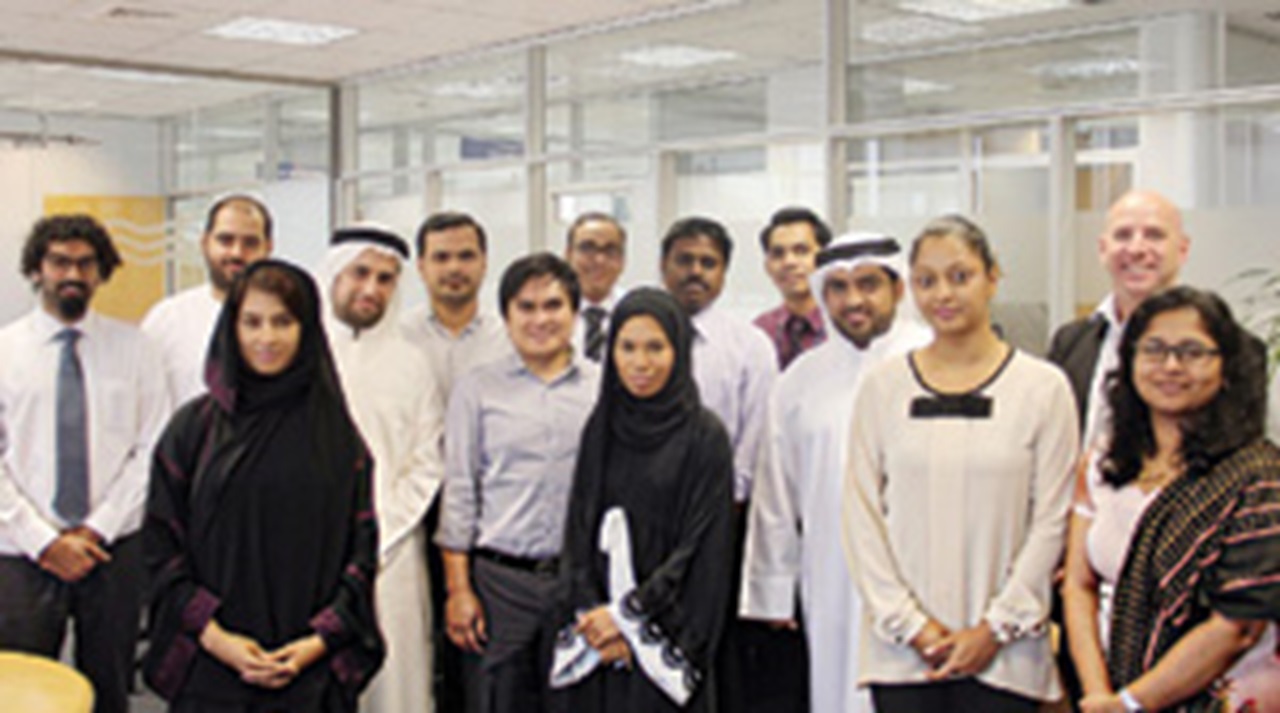

This company has developed a ‘Quality Index’ which has proved to be a very open and transparent way of evaluating their banks’ performance and provides feedback and plan improvement, thus going a long way in enriching its relationship with its banking counterparts.
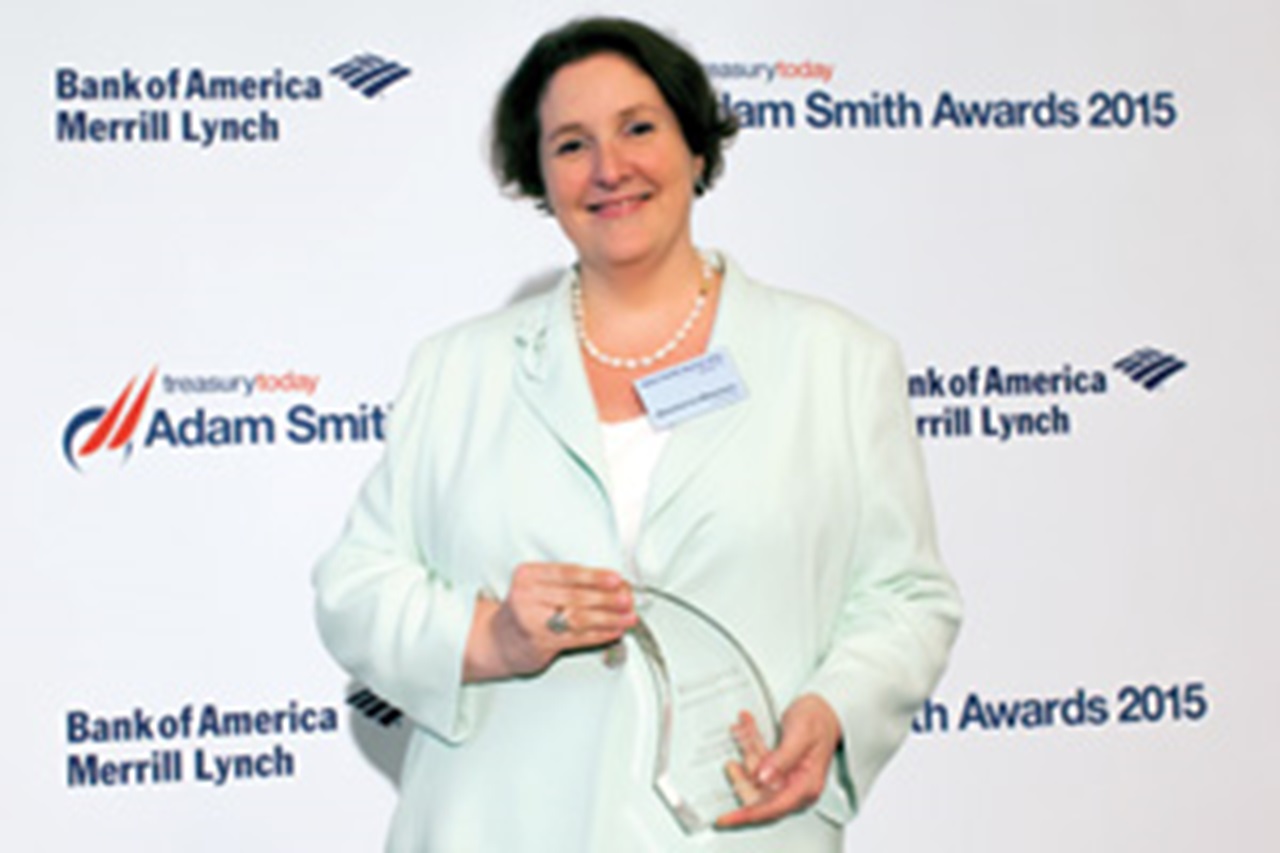
This solution leverages several technology components in an integrated fashion to provide 100% daily cash visibility on all Honeywell’s 2,000 plus bank accounts and all cash investment transactions around the globe.
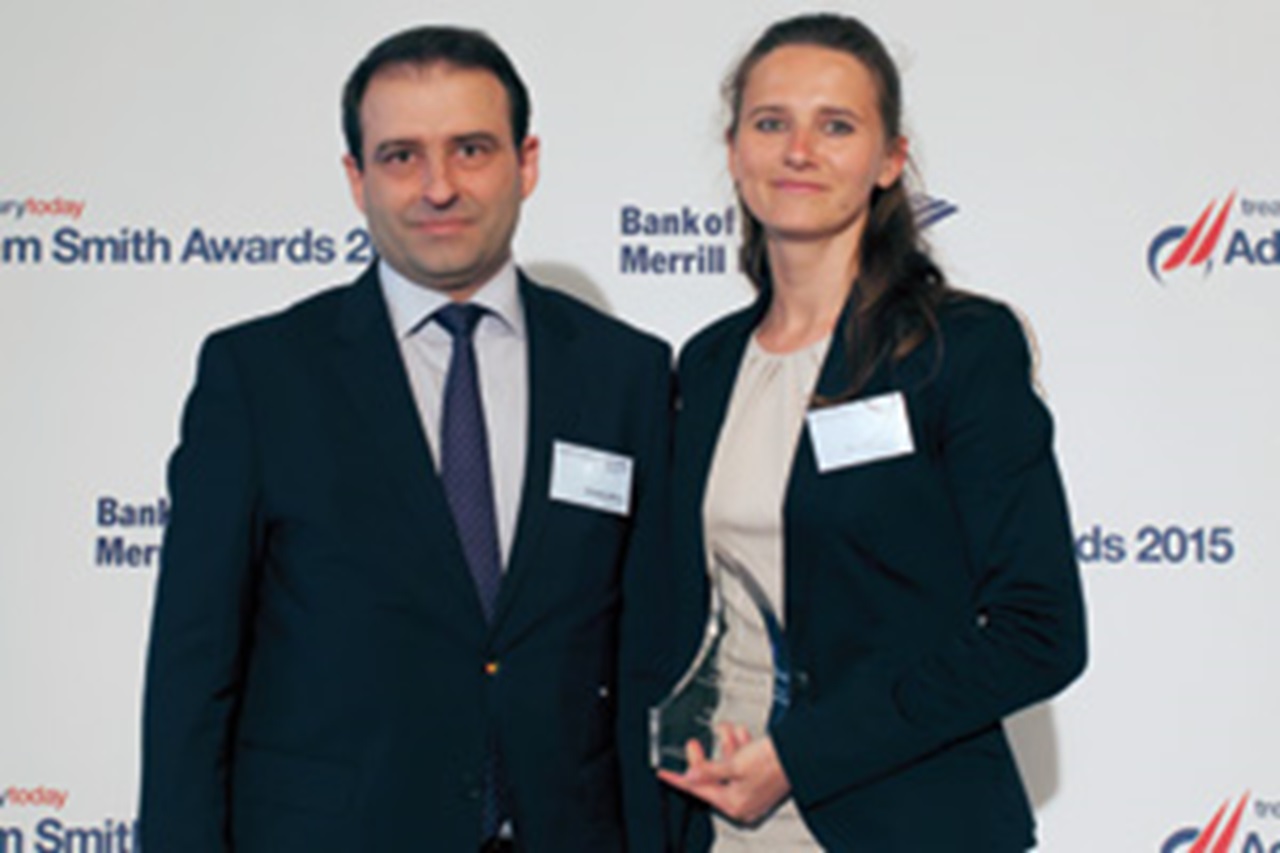
Microsoft WW Credit Services and WW Online Credit Services have signed a global multi-year managed service solution BPO contract that looks not only at the now but to the future. By doing that they created a credit services organisation that is capable of supporting Microsoft’s evolution to the “mobile first” and “cloud first” strategy as outlined by their CEO. The company believes the dollar savings will be greater in future years and technology enhancements together with productivity improvements will be even more evident; so certainly one to watch.
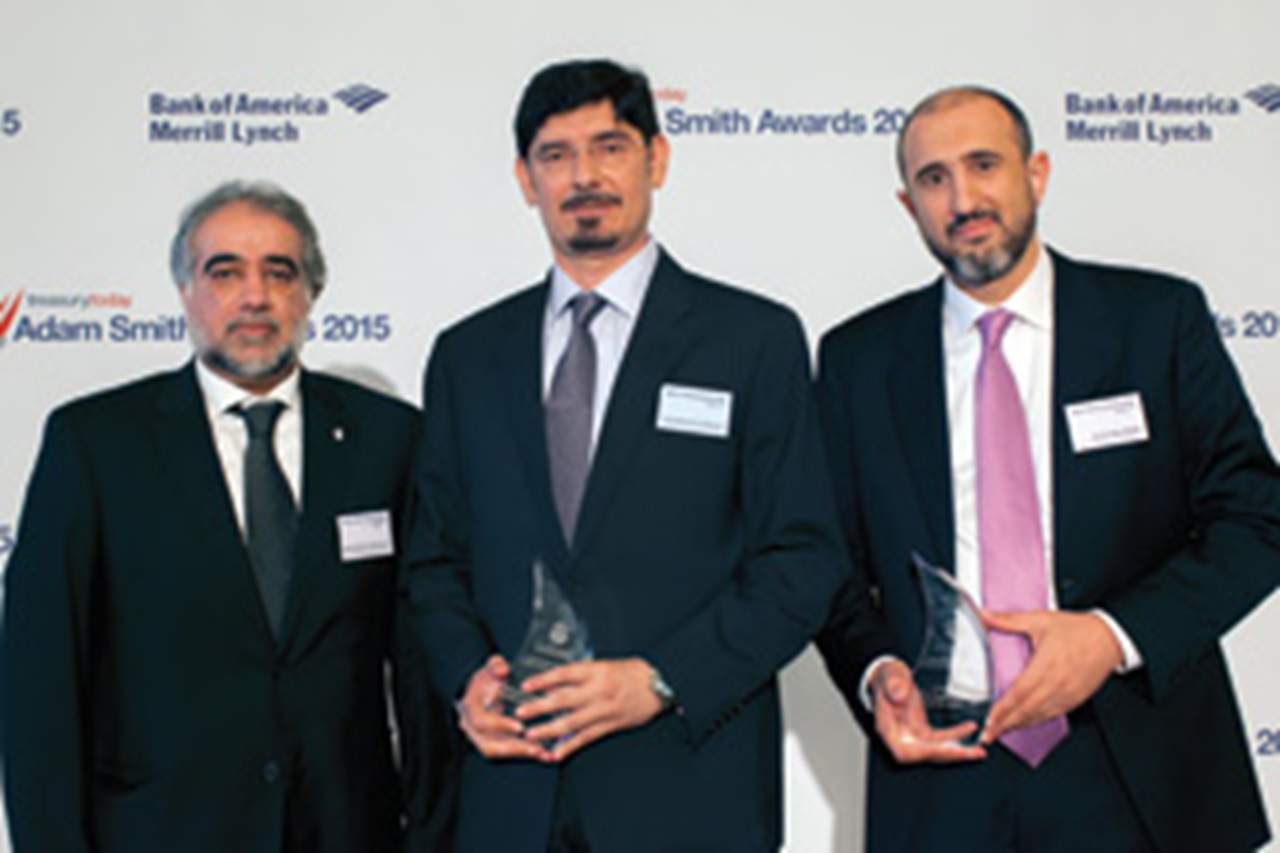

Not only has the Department achieved demonstrable savings together with an increase in investment yield of over $188.6m each year, but financial oversight and efficiency has been enhanced substantially.
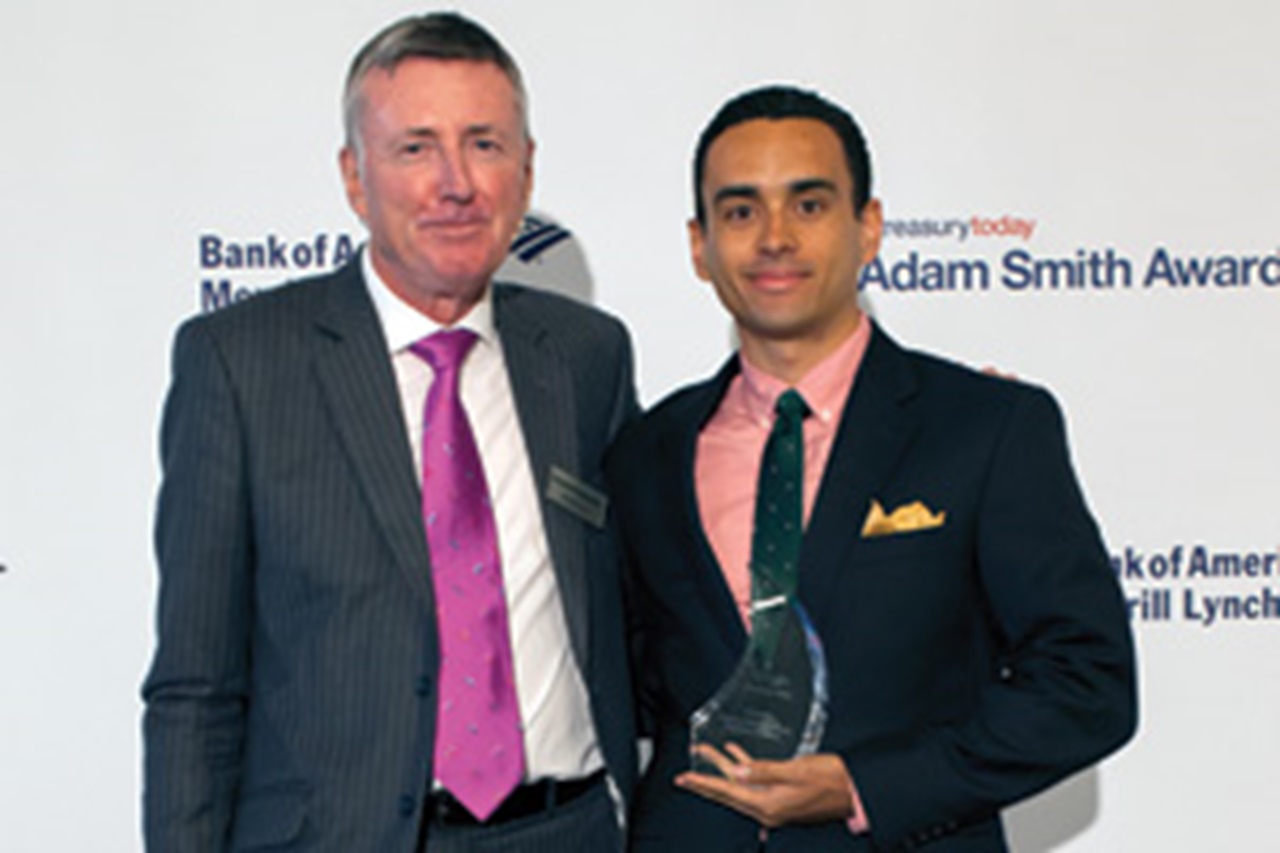

To serve an emerging market like Africa with its own peculiarities, demographic dynamics and infrastructural inadequacies with consumer products require a peculiar, well thought-out and scalable payment solution. Africa has a huge market size with over one billion people and yet less than 25% have access to formal banking services and only about 3% have debit/credit cards. It is predominantly a cash society. This solution addresses this landscape.
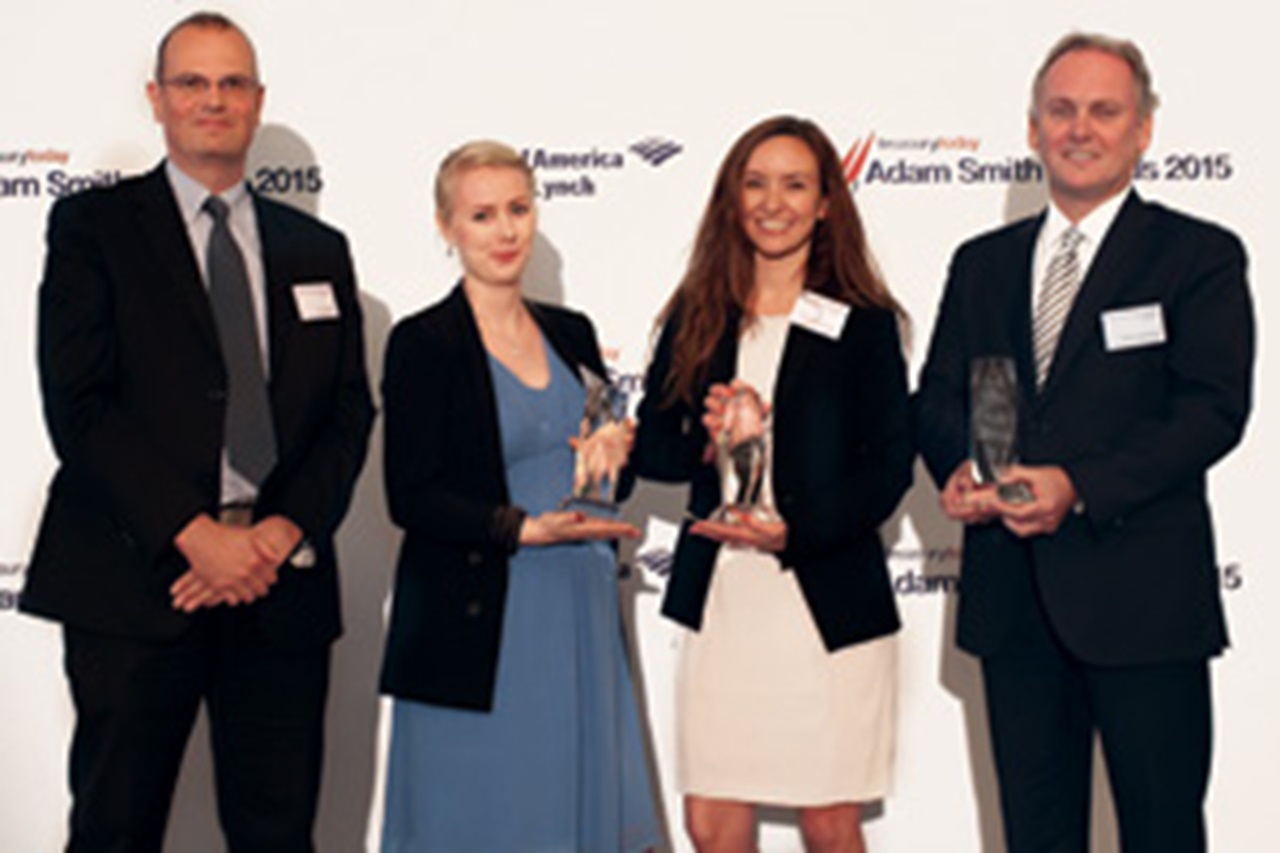

In just 18 months, a small team of five professionals defined and delivered an ambitious roadmap to transform SWIFT’s treasury operations, covering all key areas, including cash management, FX, payments and inter-company funding. The accomplishment of this ambitious project stands as a tribute to the power of technology and innovative thinking and is worth the recognition it has achieved here.
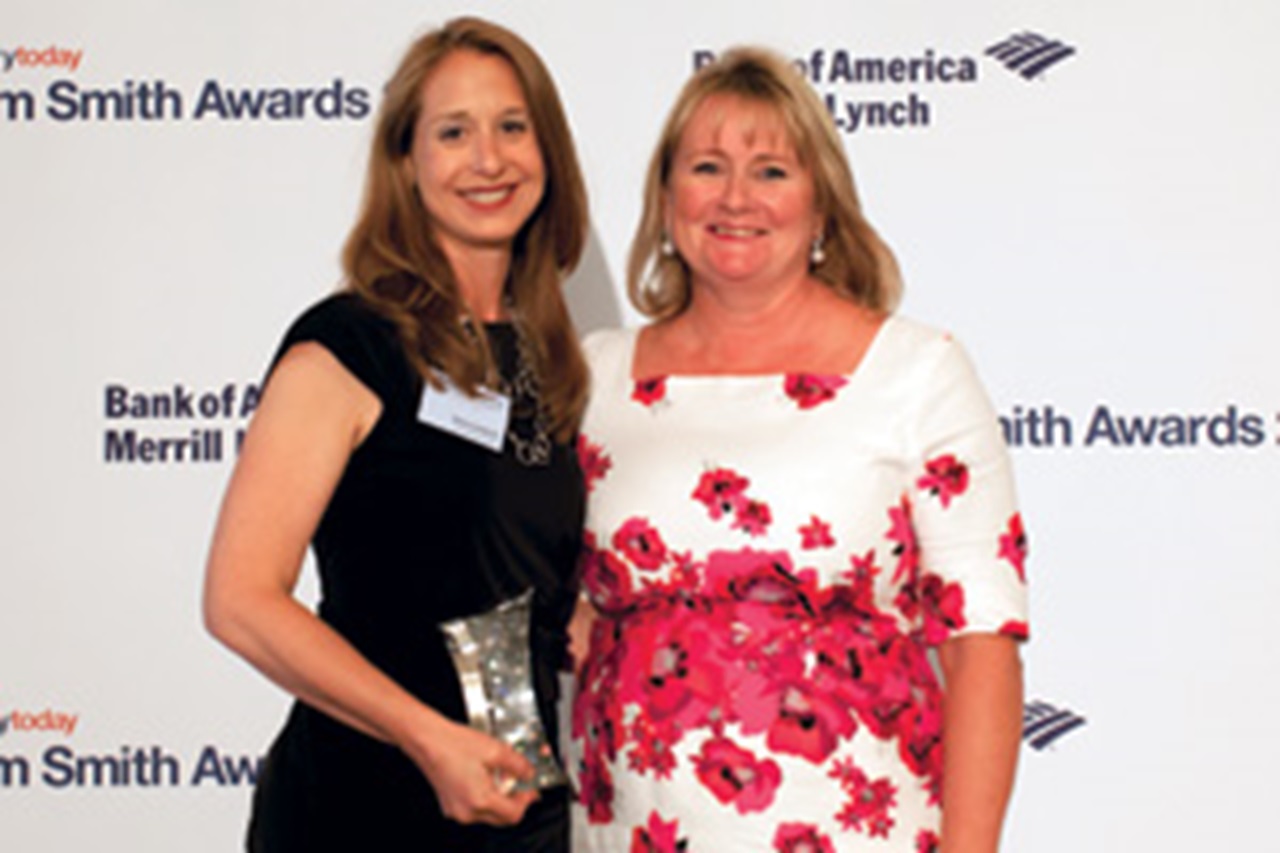

During the last decade, Dana Laidhold has built a treasury function from scratch and her management of a now mature, best-in-class treasury department, active role in the treasury community and commitment to mentoring others in the workplace receives Highly Commended recognition as a Woman of the Year in the world of treasury.
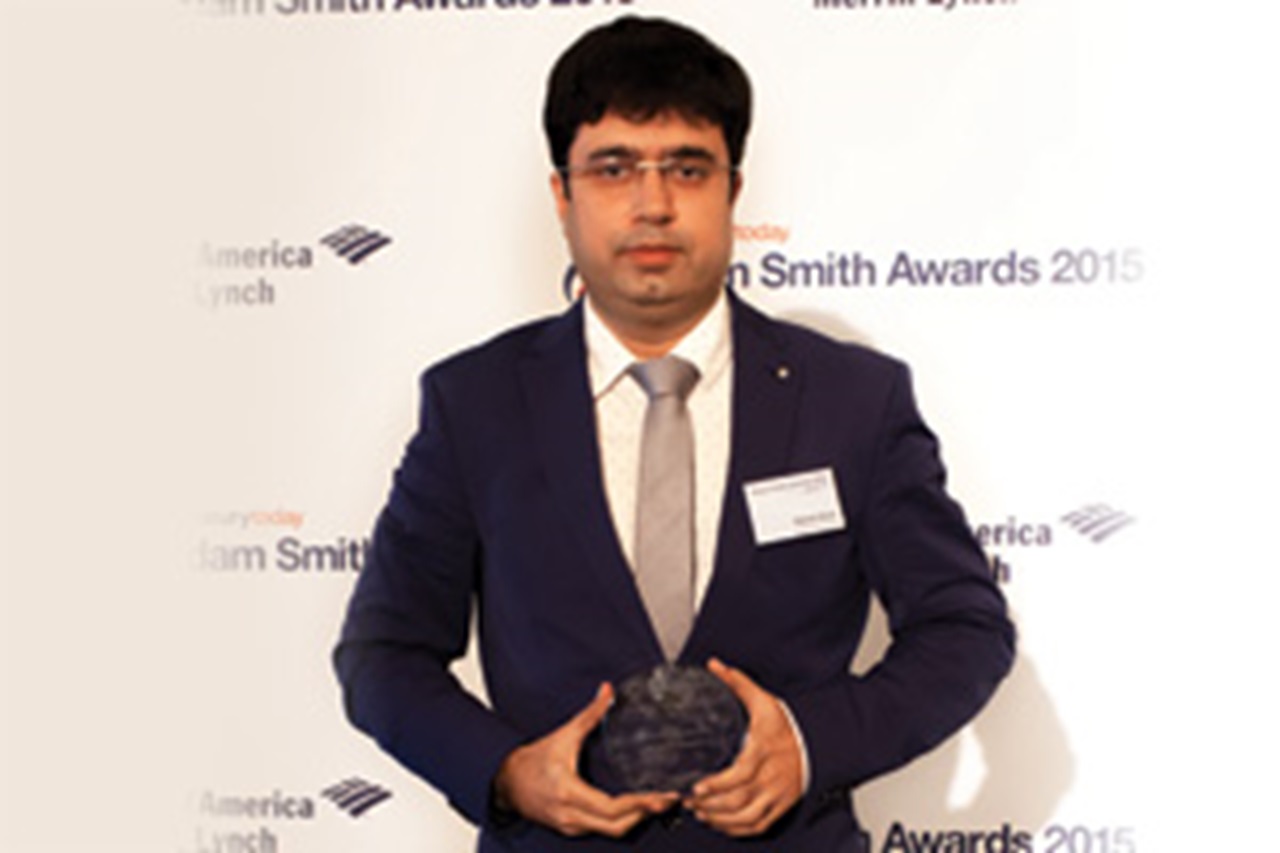

The Knowledge Centre has successfully transformed the risk management function from a compliance requirement to that of a holistic, proactive ‘value-add’ tool. As part of this initiative, over 4,000 updates have been sent in the past year to a direct audience of over 700 people involved in key decision making roles across the firm.
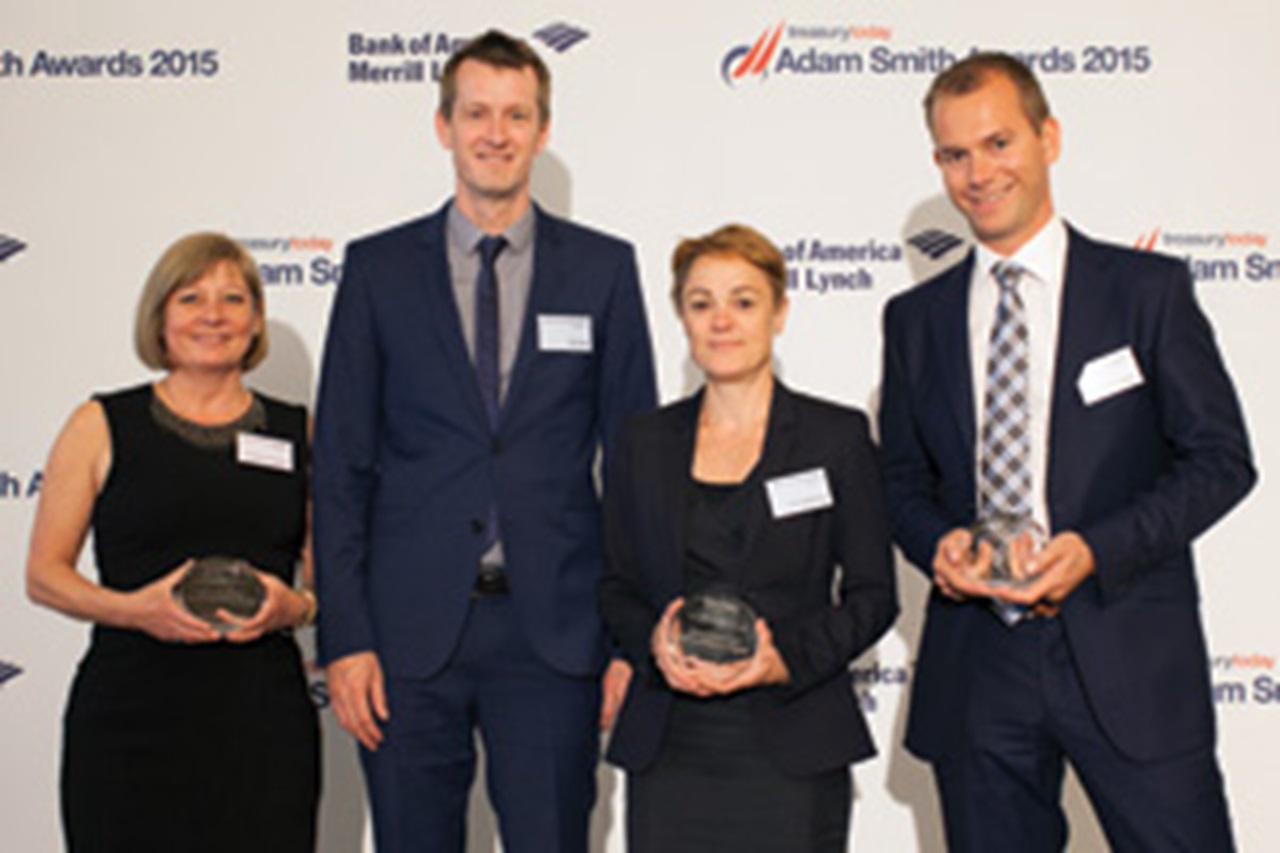

This project was a very comprehensive transformation at DONG Energy including implementation of SAP In-House Bank and the establishment of a streamlined payment process for 200+ legal entities at a newly established Financial Shared Service Centre.
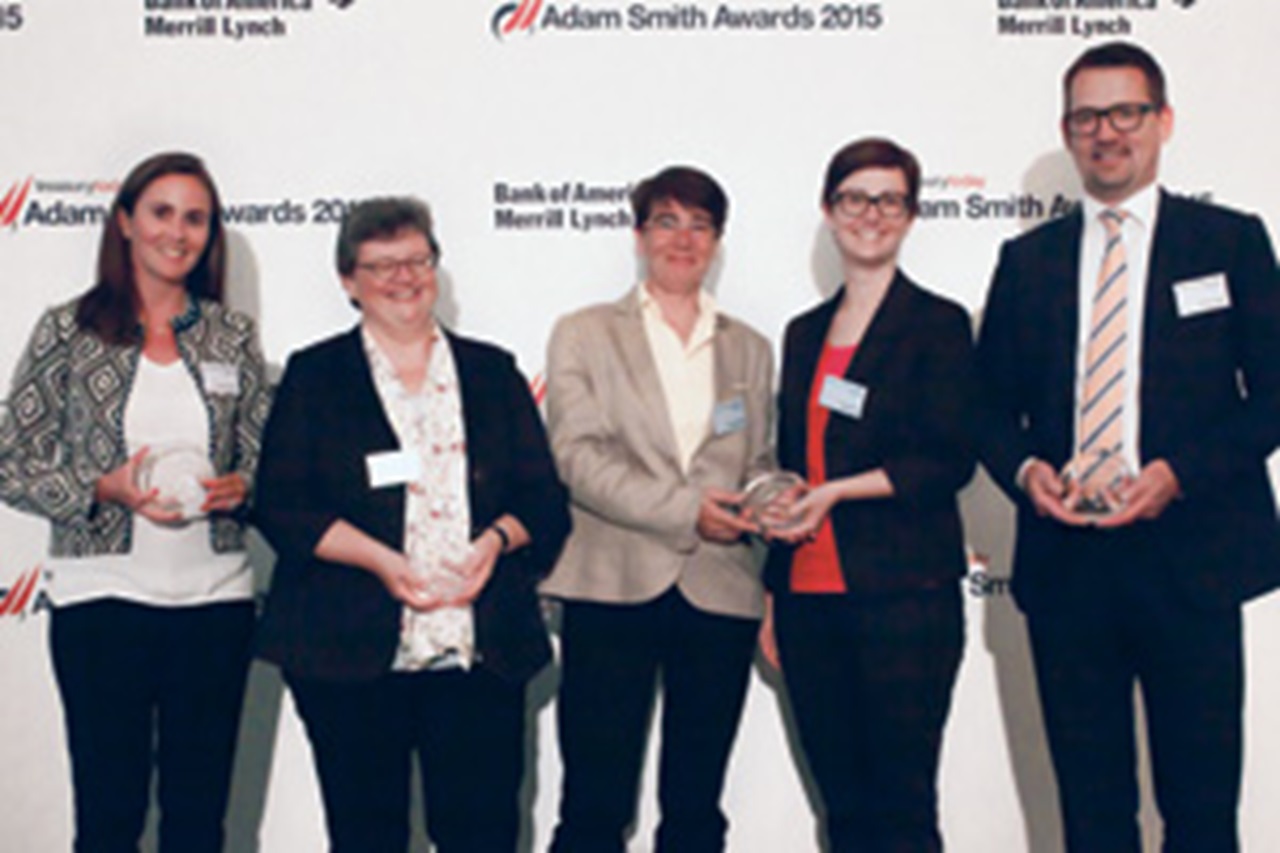

This is a global cash management solution covering all 28 affiliates able to join the company’s global cash pooling solution as well as the inter-company netting process. This was completed by the implementation of a ‘PoBo’ structure serving more than 20 affiliates. In less than two years, Firmenich has set up a Global In-House-Bank (IHB). This was made possible by the preliminary implementation of a single SAP instance (ECC6 version) and two new SAP modules (IHC and BCM) to run the IHB.
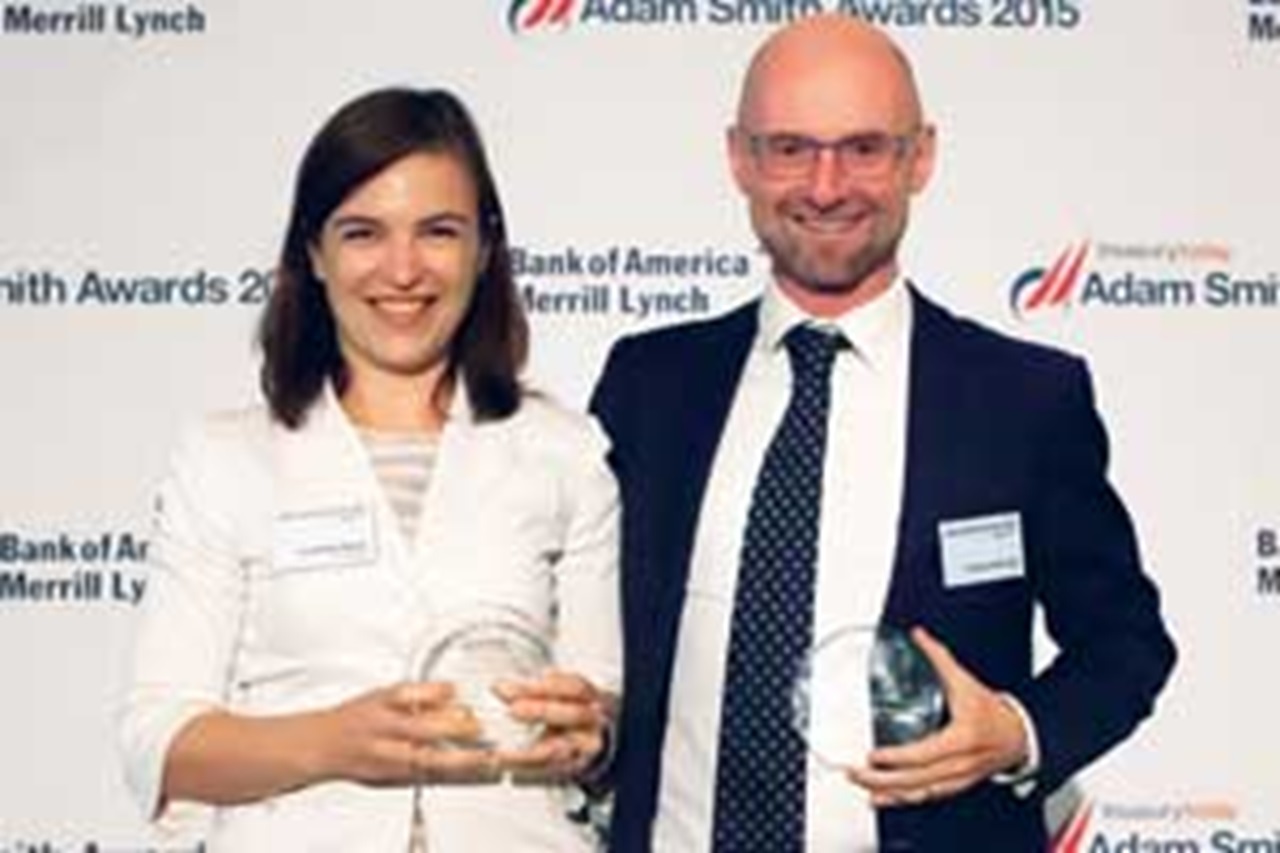

SITA Management recognised the need to rationalise its operations, including cash management. The team successfully deployed a unified Strategic Financial Solution (SFS) and implemented a unique Global Finance Centre (GFC) in Prague to improve visibility into cash positions, reduce costs, better manage exotic currencies and simplify choices over settling payments (local or global bank).
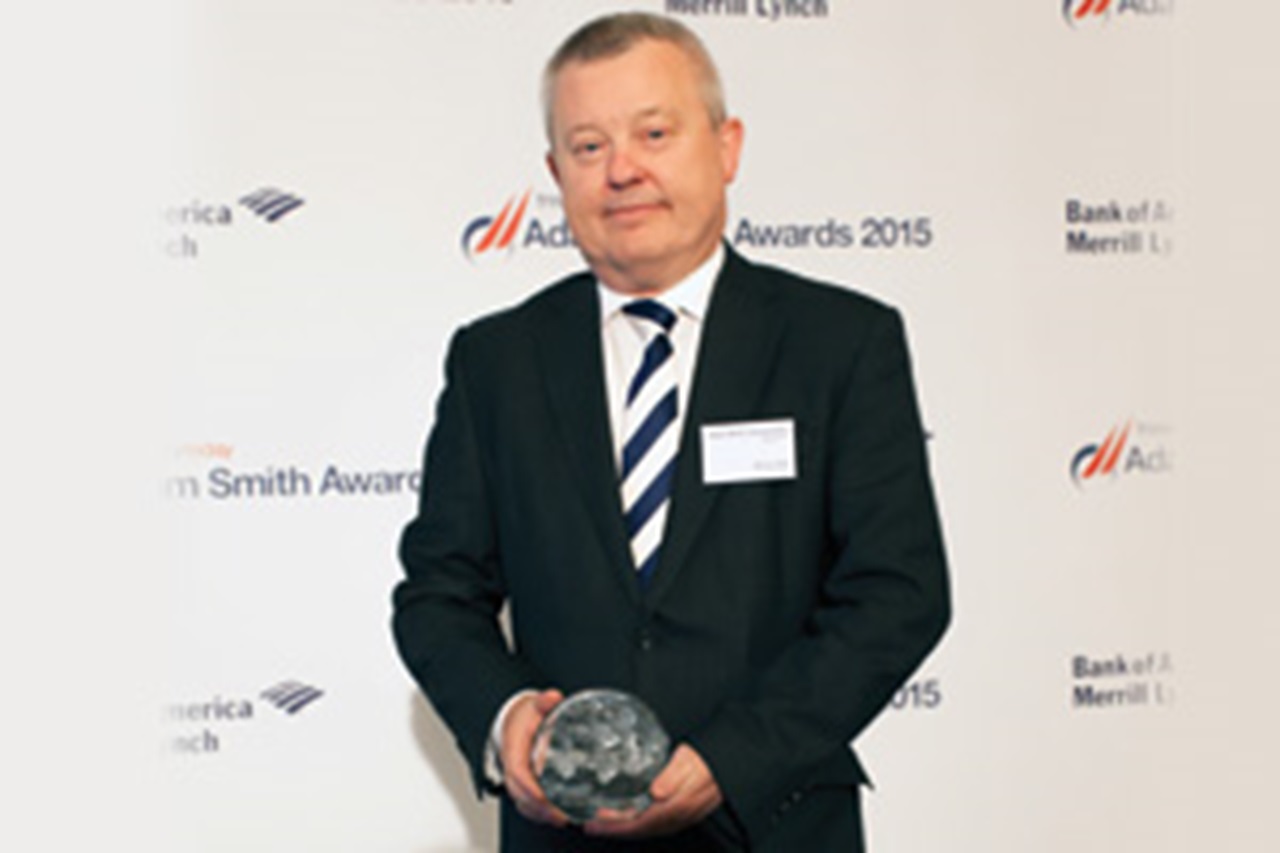

Bunge’s innovative liquidity structure is a global, automated, multi-entity, multi-currency, “follow-the-sun” solution incorporating 16 currencies. In 2014, the company was among one of the first corporations to implement a cross-border sweeping arrangement in RMB (and USD) for operations in China.
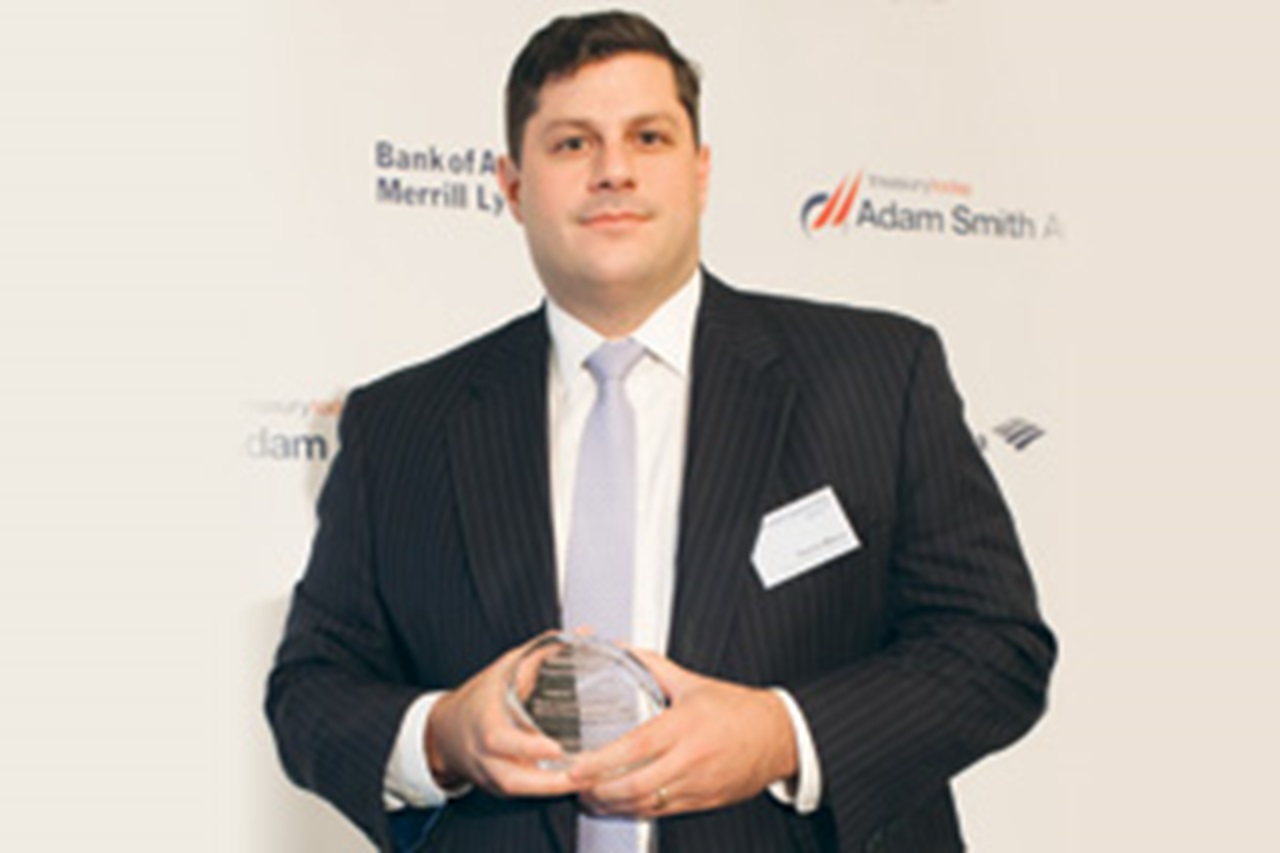

This solution addresses some of the Securities and Exchange Commission (SEC) amendments to money market mutual funds. TFS constructed a treasury data-mart (TDM) and enhanced its client relationship management (CRM) tool to more efficiently source, diversify, and consistently provide competitive funding without jeopardising the liquidity risk profile of the business.
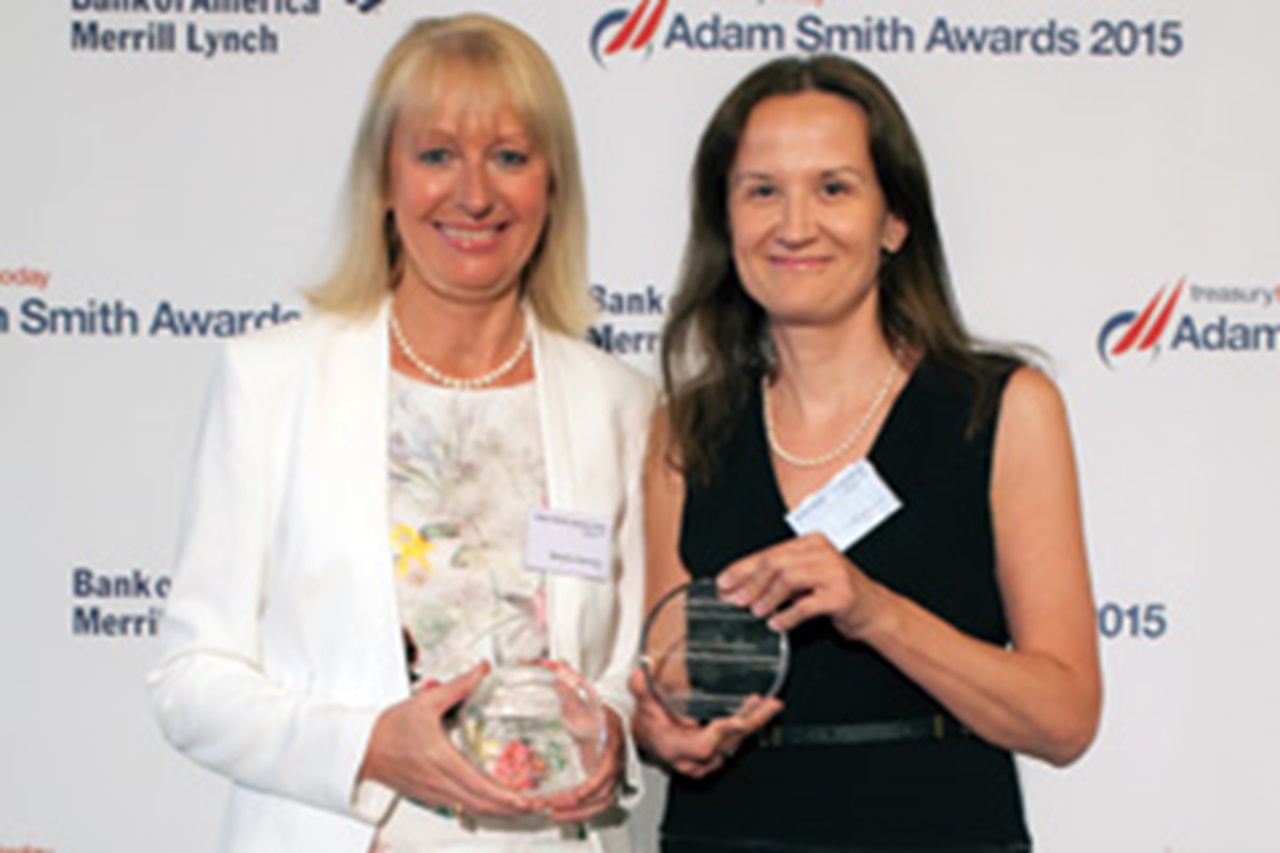

This is a smart multi-currency pooling solution across 84 operating accounts spanning ten jurisdictions within EMEA including Israel. The London-based overlay structure is then automatically drained in US dollars to a New York account.
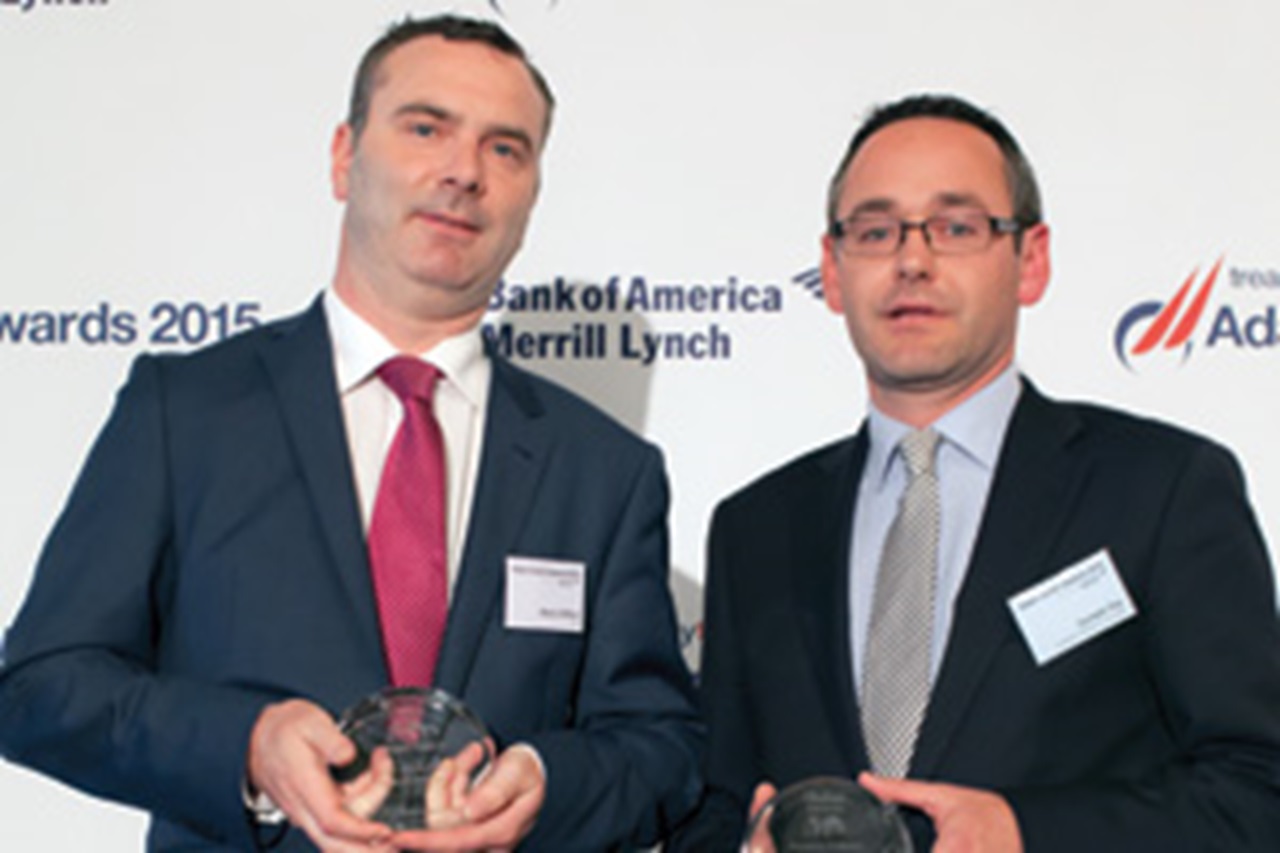

The solution centralises payments in the global payment factory and standardises the payments process within an updated version of the company’s ERP system. All invoices are submitted via the ERP system and are then approved – within the system – by two business approvers. The system generates and securely transmits a payment file in the ISO 20022 XML V3 format, creating a standardised payment file across all regions.
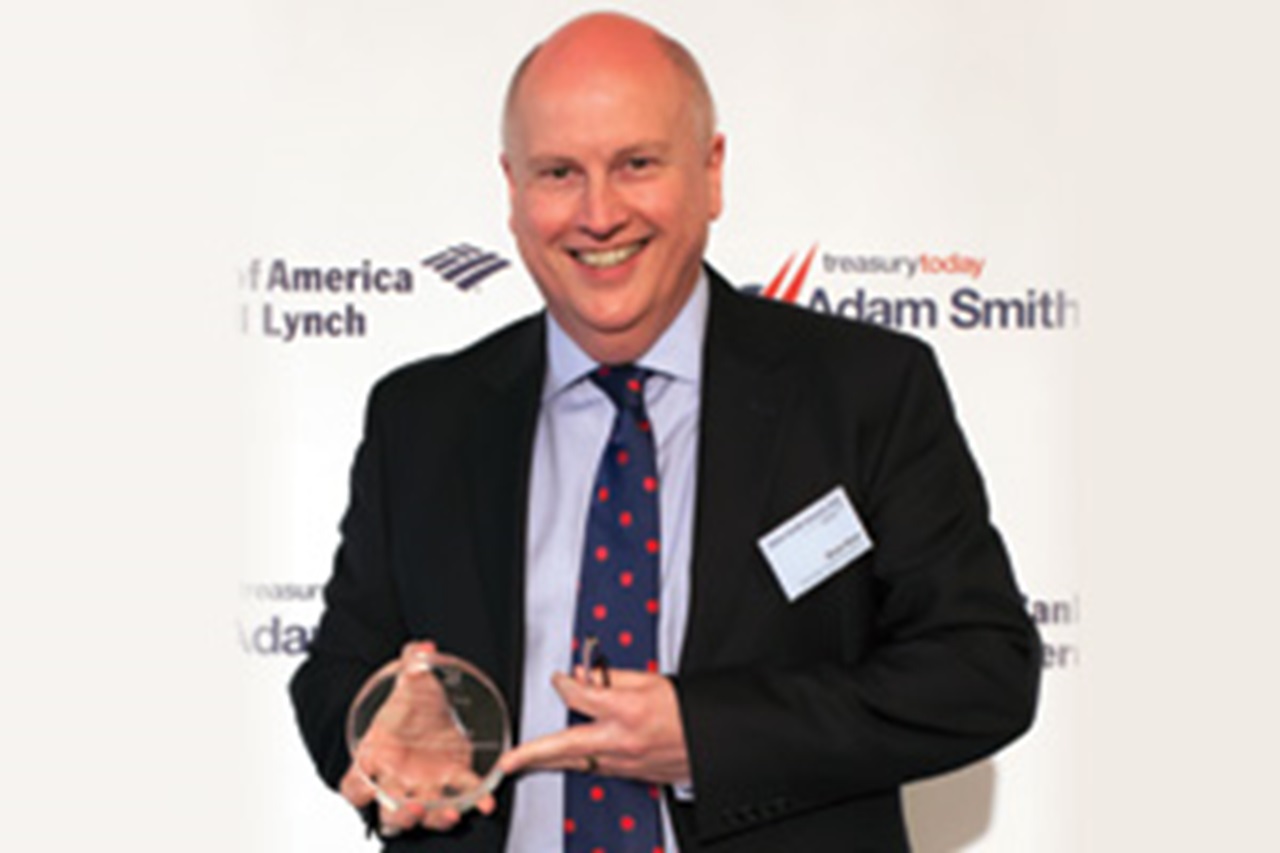

The company developed an innovative process that utilises a scorecard system to quantify bank performance and a ‘wallet share’ model to track banking expenditures vs business revenues from banks. It enables the company to select banks that best provide the required services and create reward incentives based upon their performance.
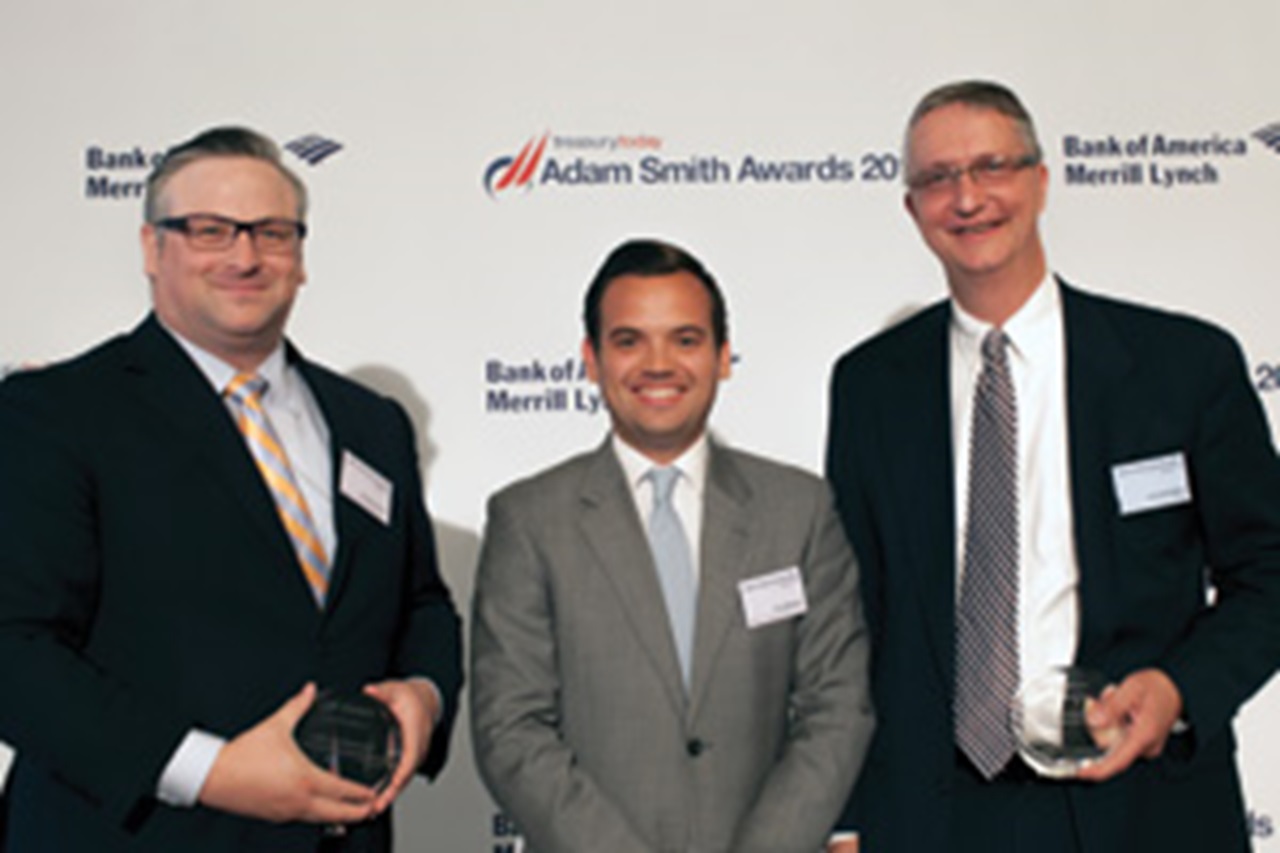

This entry simply demonstrates the rewards to be gained through an open and collaborative relationship between a treasury team and its chosen banking provider.
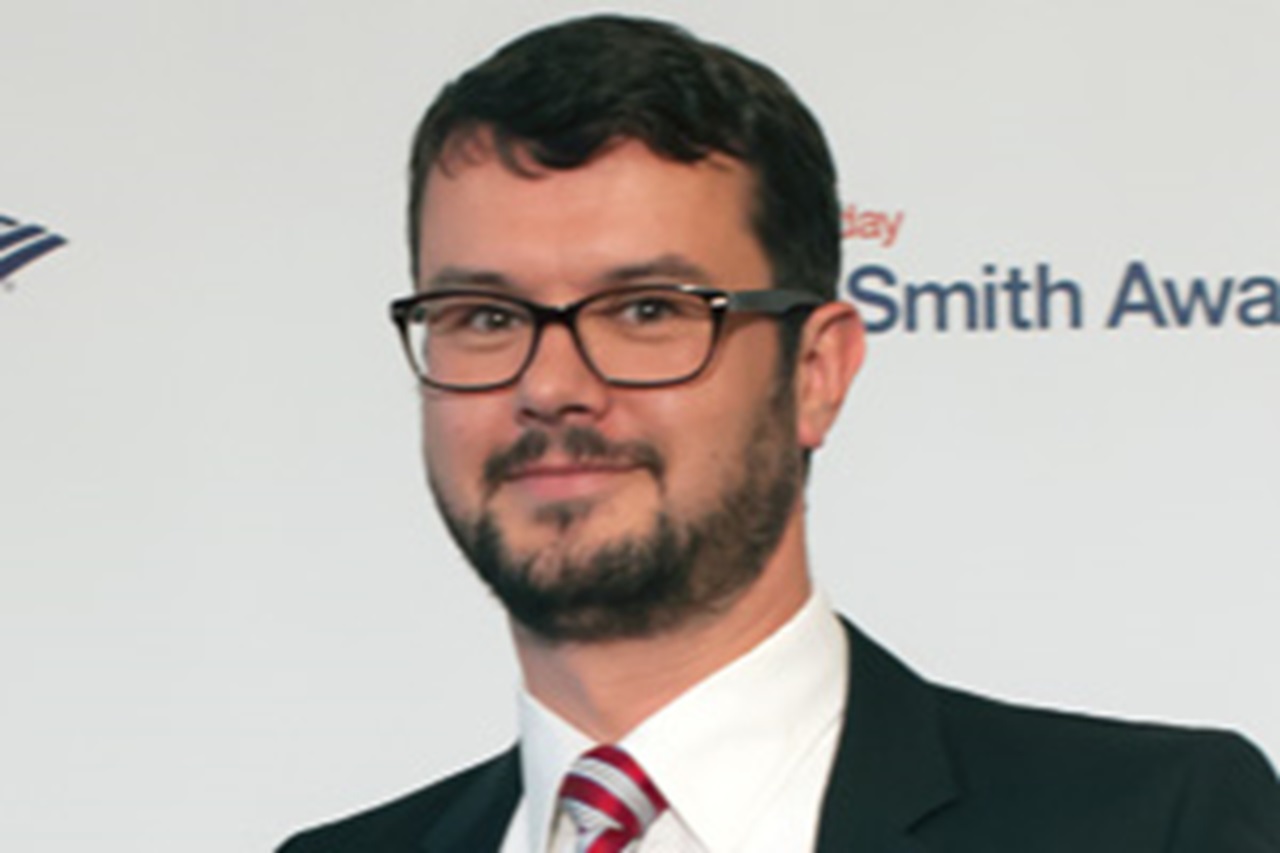

This is a multi-bank supply chain finance solution which has received some very positive feedback from the company’s suppliers. Read their case study to find out how the company went about achieving it.
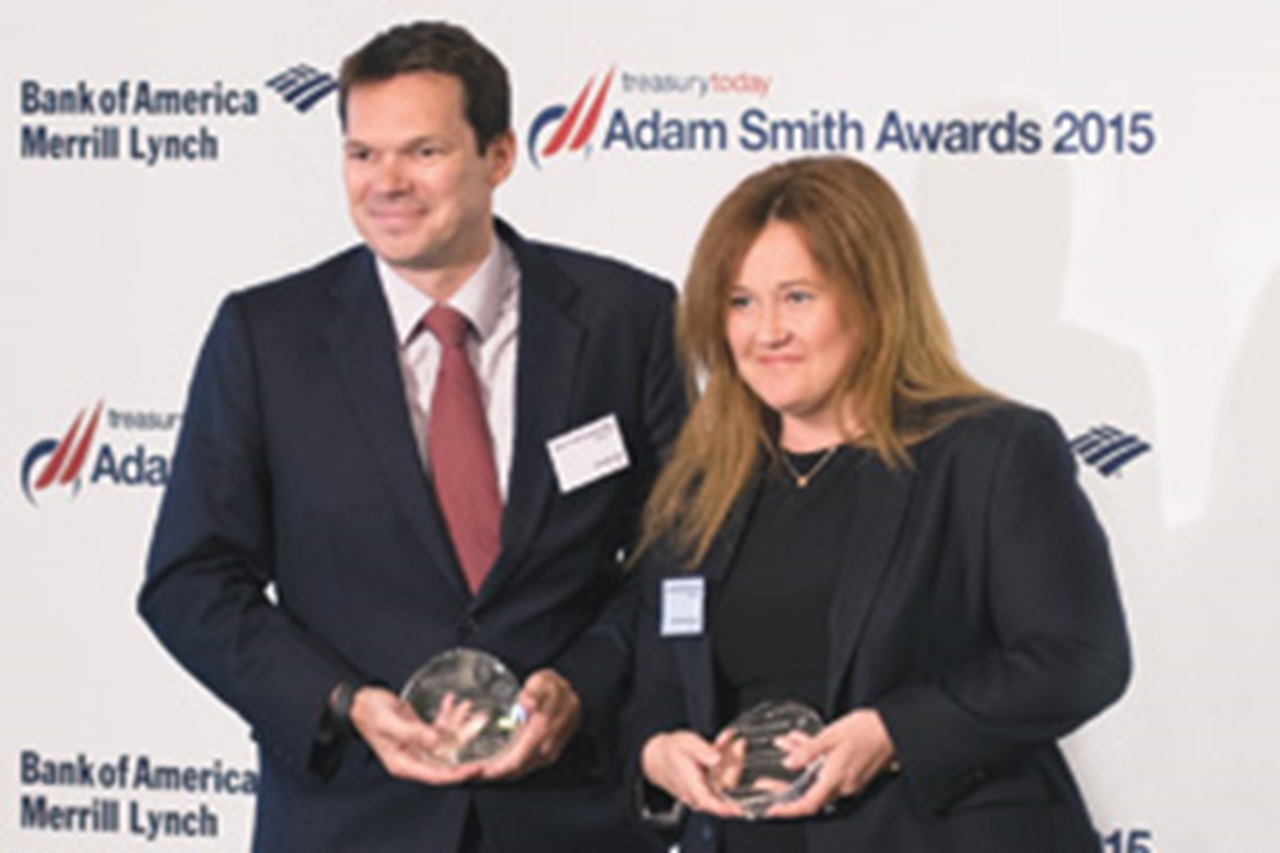

In total, more than 80,000 cards have been issued to Ericsson employees since the programme launched and there are currently 60,000 active cardholders. The company has achieved this by replacing 61 fragmented programmes with a single bank’s global proprietary solution.
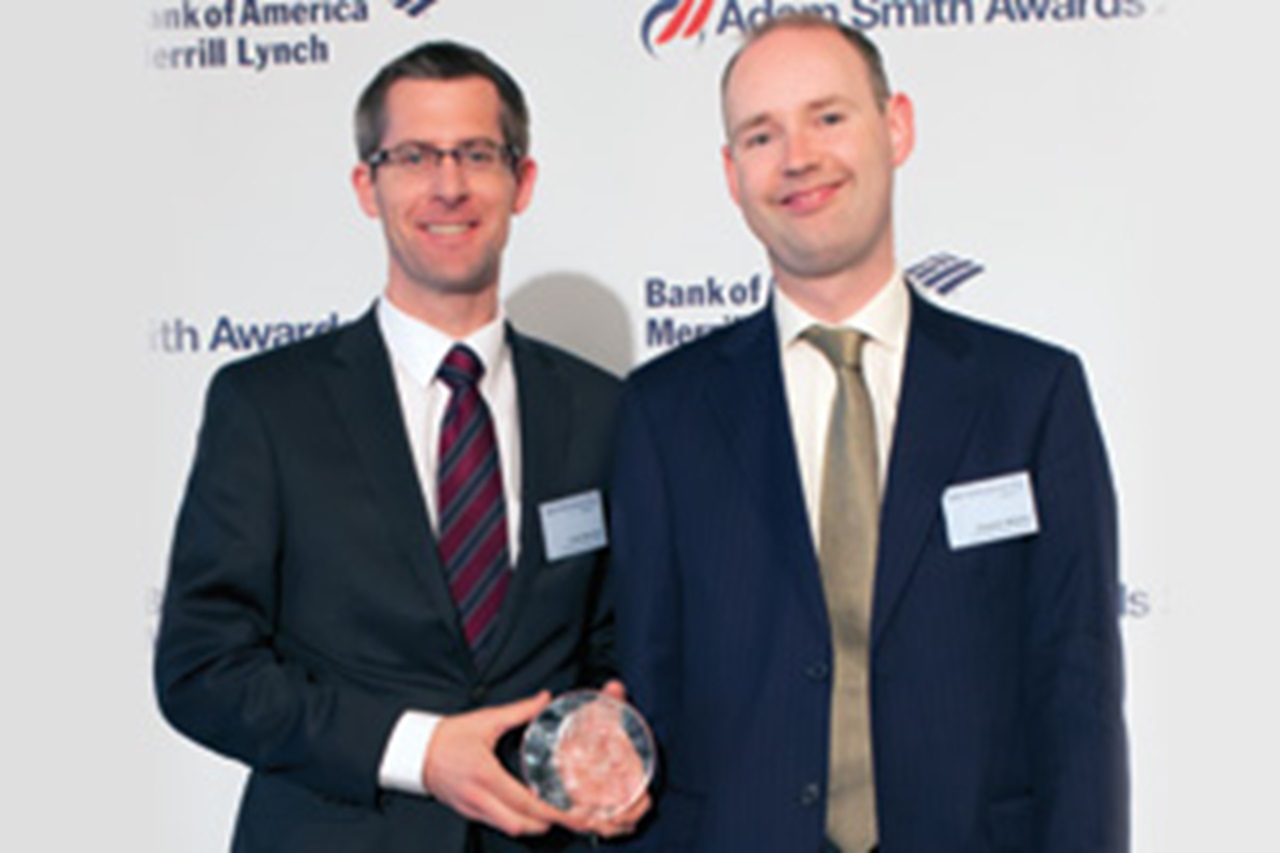

This RCF refinance solution has established a solid and appropriate banking relationship group which would work for the next five years to deliver the company’s strategy while at the same time ensuring they dislodged the very high margin costs they put in place in 2013, right in the middle of the financial crisis.
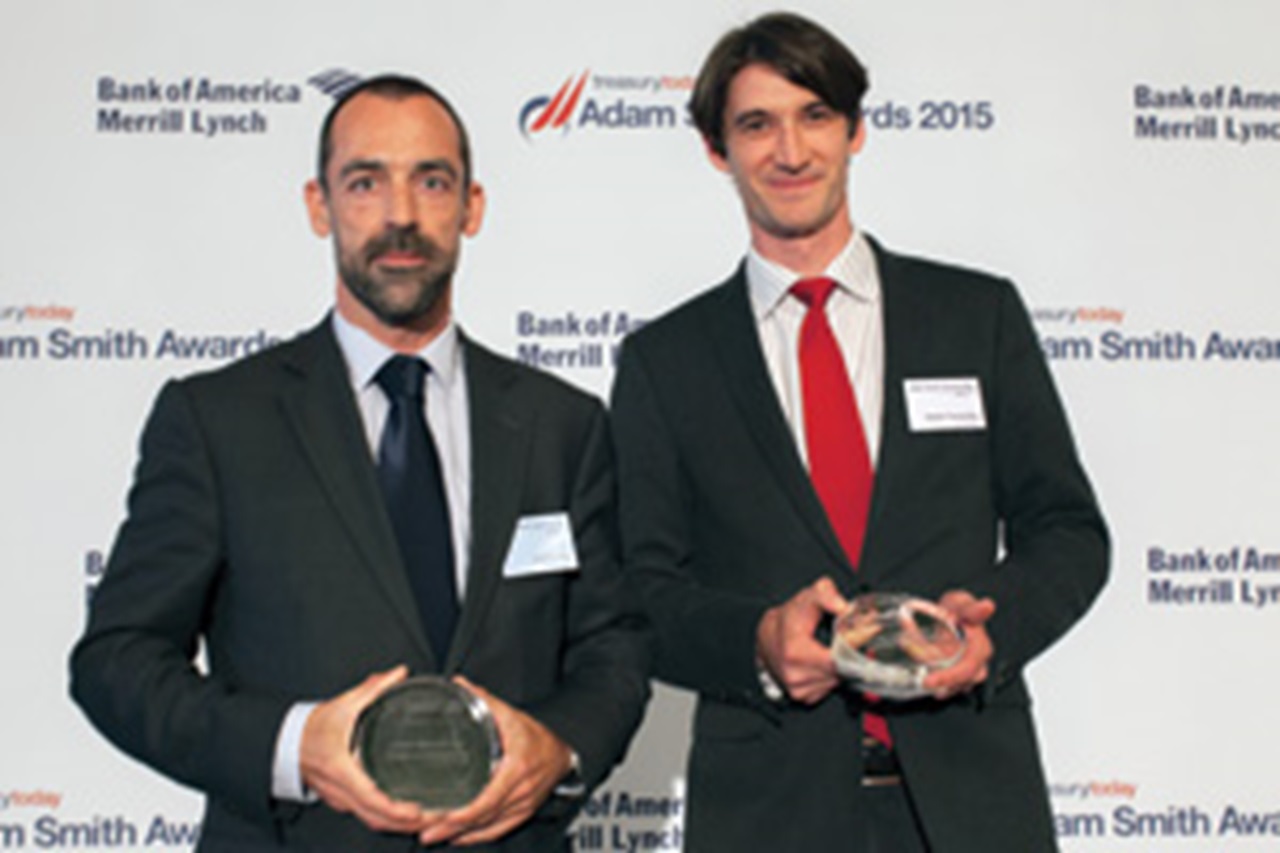

Saving approximately $1m p.a. in Europe on interest expense, this highly innovative, and industry-first global asset-based lending (ABL) structure has enabled treasury to consolidate banking relationships and accounts across multiple entitles in Europe.
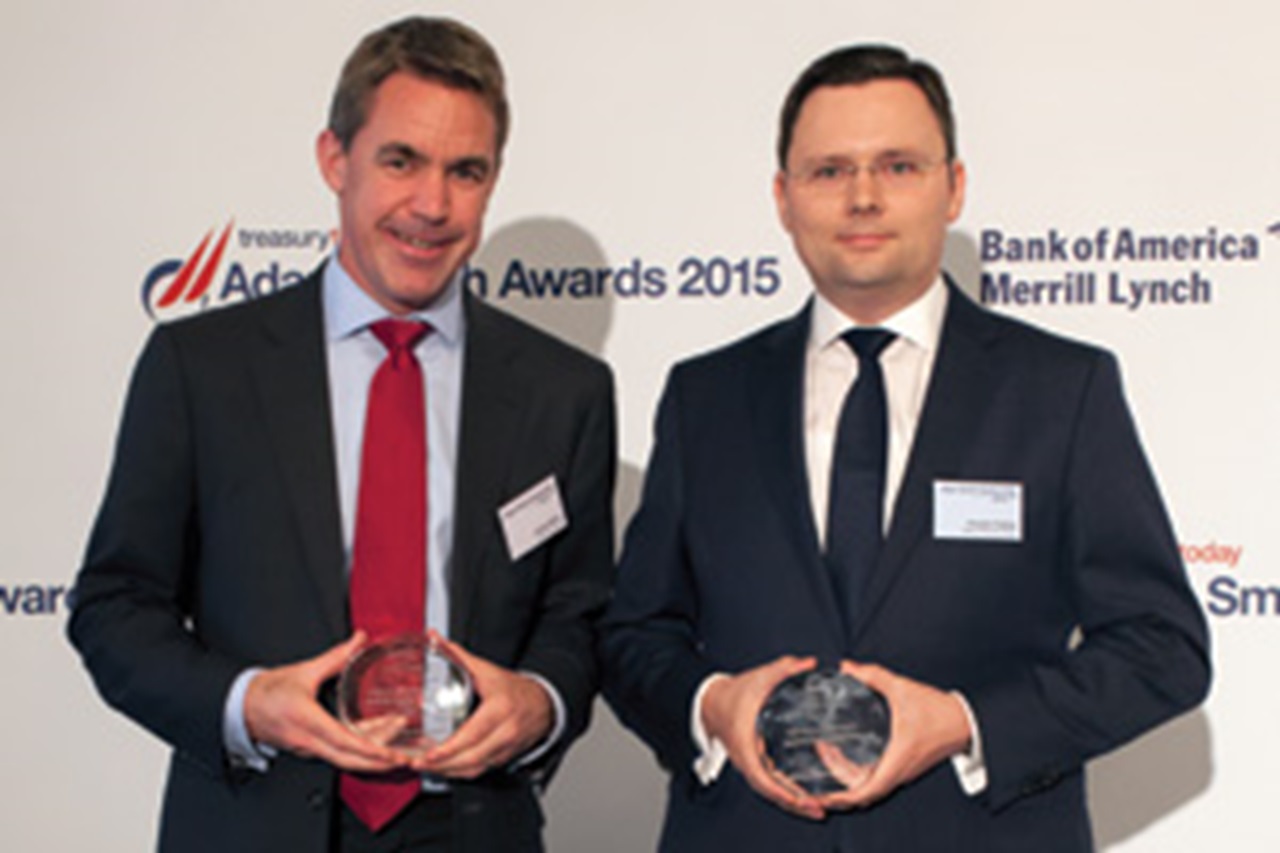

This recently closed five year €200m multi-currency syndicated loan deal (revolving credit facility) with multiple increase and extension options (up to €500m and seven years) is not only the debut transaction of Merz but also its future backbone for the funding of further strategic development over the next years.
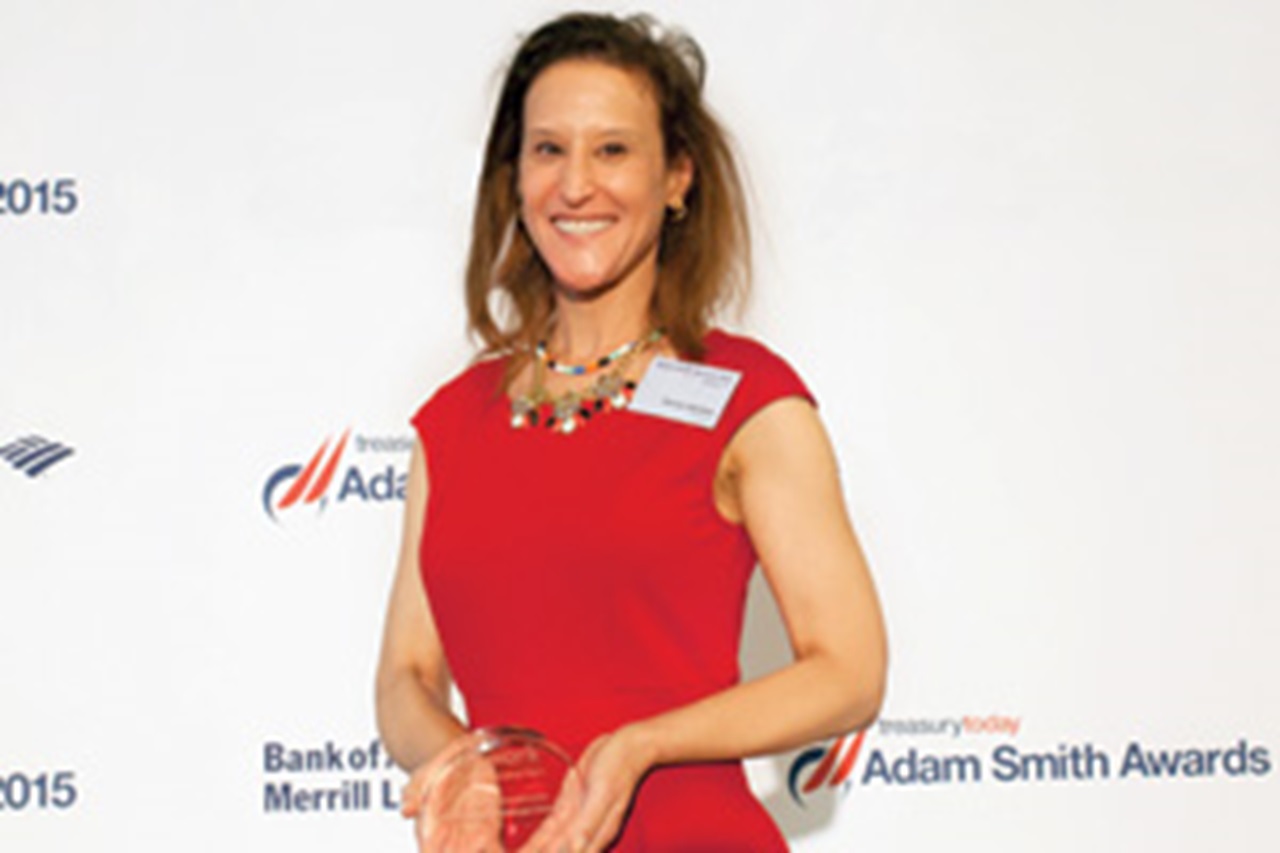

Upwork and its bank have developed a solution that allows this company to use guaranteed FX rates and book transactions in a completely automated way that did not create additional tasks for Upwork’s Finance or other teams.


This is a unique system implemented by the company’s treasury which captures real-time FX exposures from origin, further consolidating and aggregating with offsetting exposures to allow the exposure to be sent straight through the online dealing platform for hedge execution with auto hedge accounting in the company’s TMS/ERP.


This counterparty risk management solution allows the treasurer to rest easier at night knowing the company’s $2bn plus in assets are allocated appropriately.
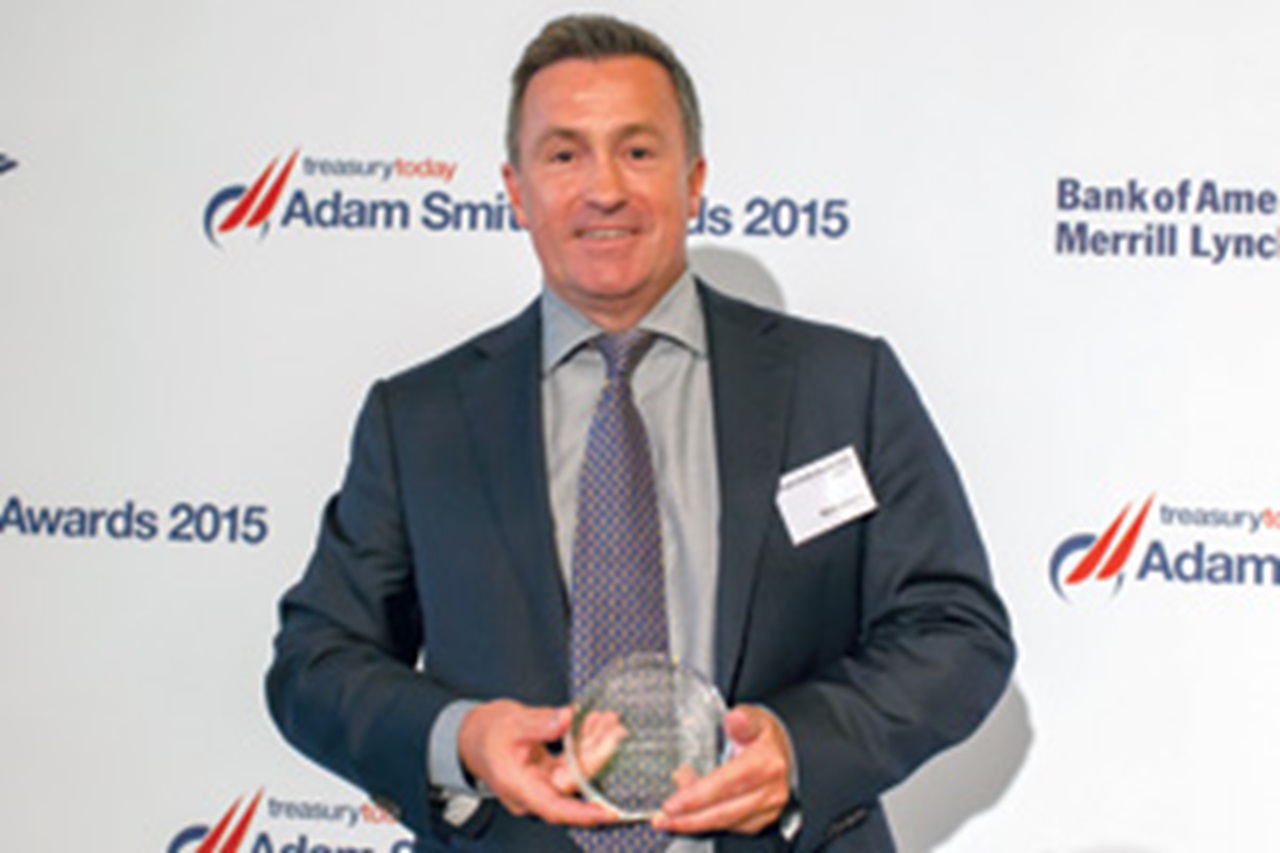

The reporting requirement into DTCC asks for a very specific format with a large number of columns that need to be filled out mandatorily. The sheer volume of trades that needed to be reported made it a very daunting task as the company would need to cross reference LEI, UTI and timestamp of execution for each trade.
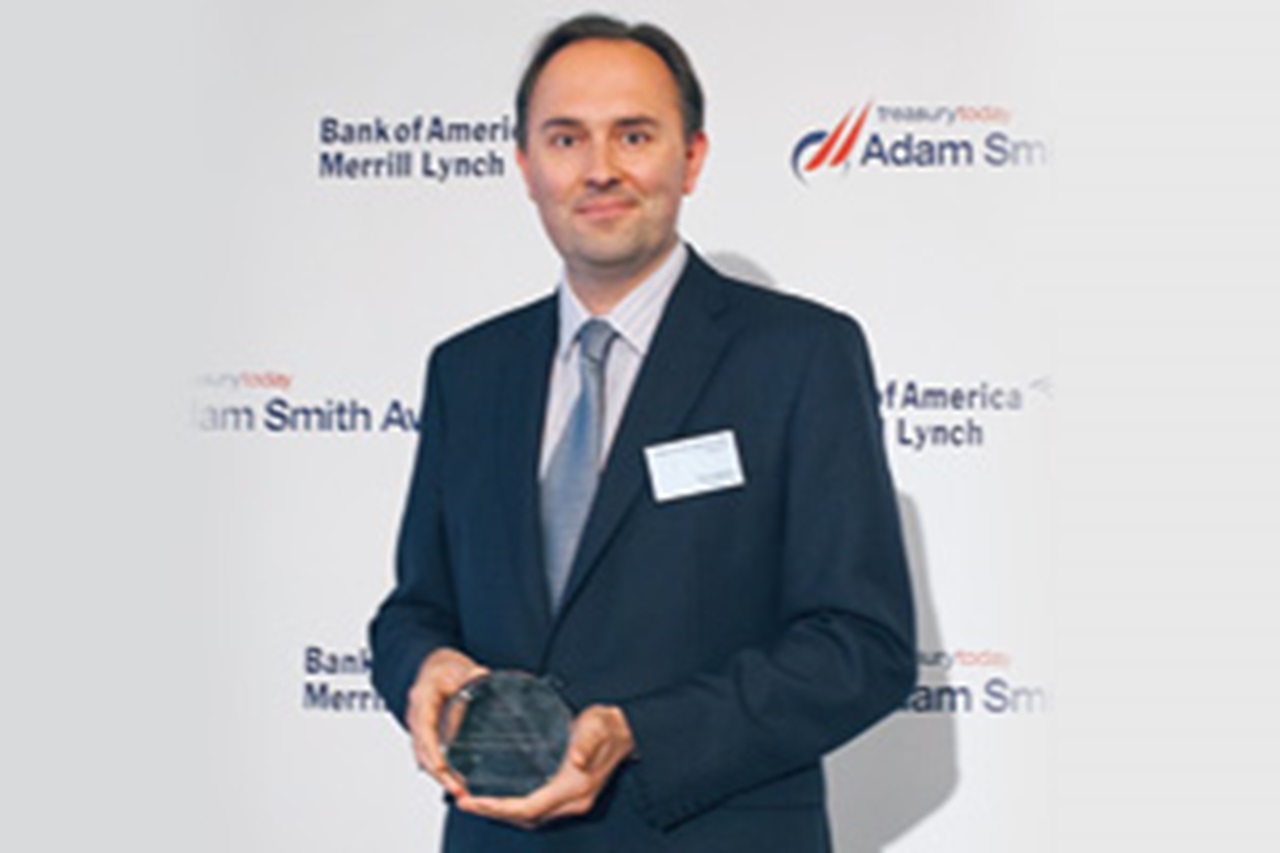

The building of a global function and setting up of the regional treasury centres has meant treasury continues to mitigate commodity, FX, cash, counterparty and supply chain risk in a very cost effective manner.
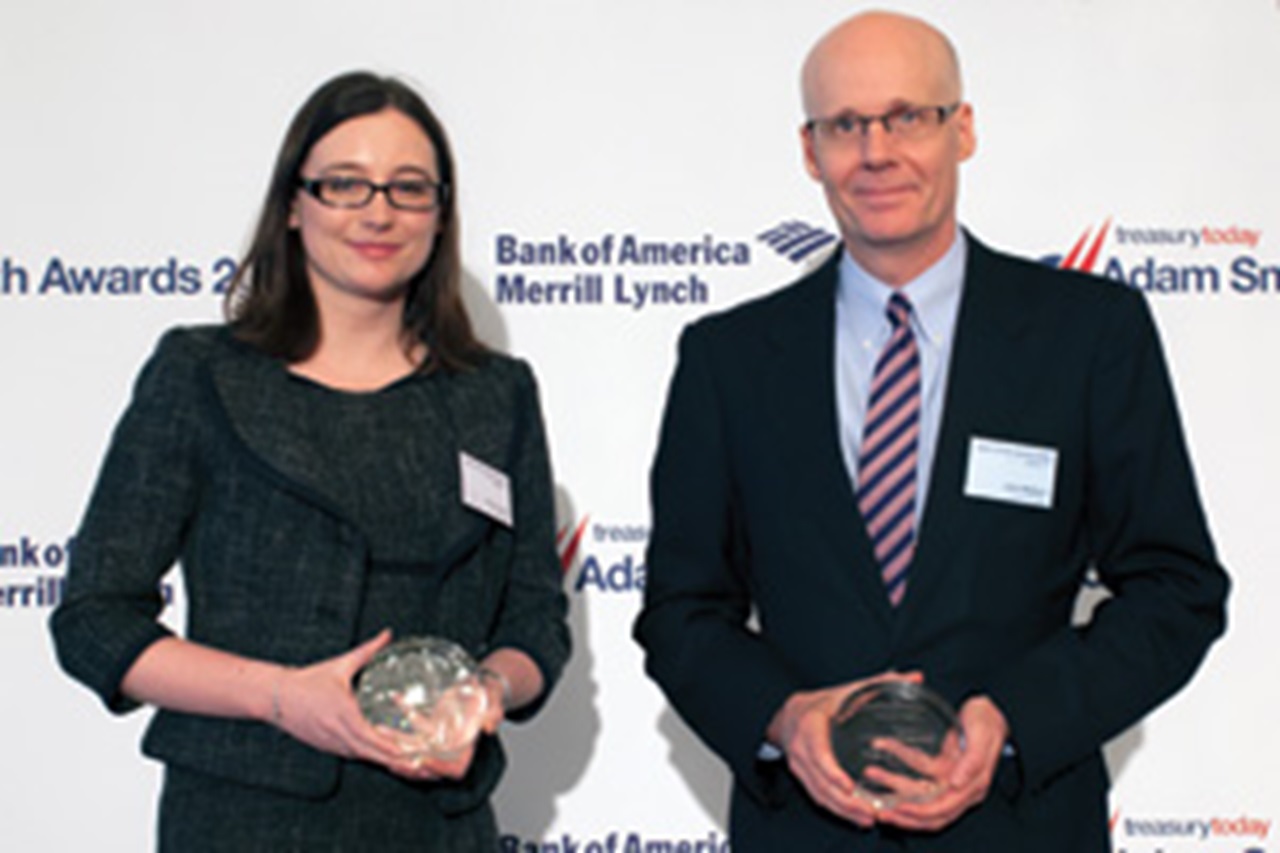

ConocoPhillips’ US Bank Realignment Project was initiated in February 2014, starting with an RFP to nine banking partners. The objective of the initiative was to streamline the company’s banking structure. Treasury also was interested in reducing the number of bank accounts and in combining different payment types within a file in order to minimise the number of files processed between ConocoPhillips and its banking partner.
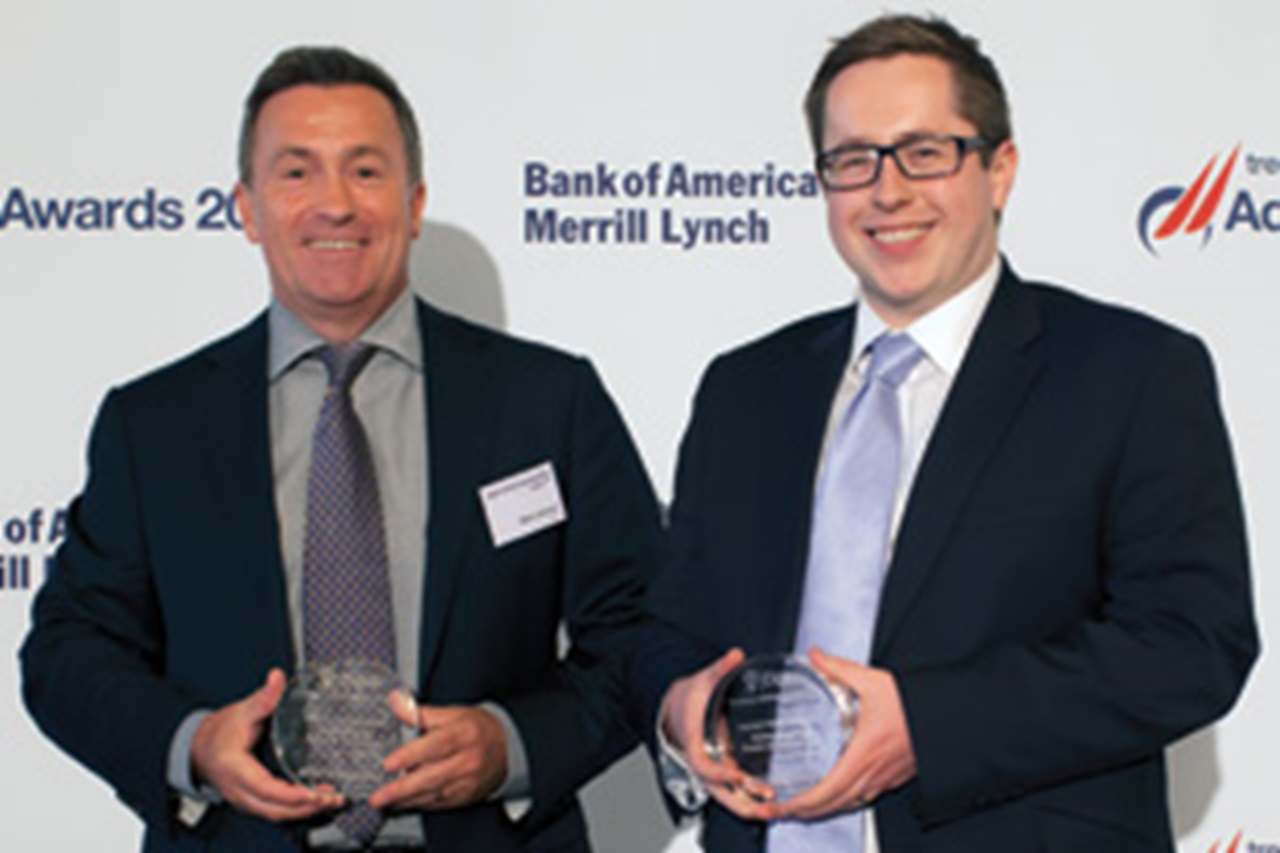

The sheer breadth of this treasury transformation makes the project unique in the insurance industry. During the research, Cigna say they came across no other peers who were doing what they are. They created a fully-integrated solution for bank administration, cash forecasting, consistent reporting and analytics, a single payment hub with standardised wire format and are rolling it out globally to all their offices across the US, UK, Europe and Asia over four phases ending in 2016.
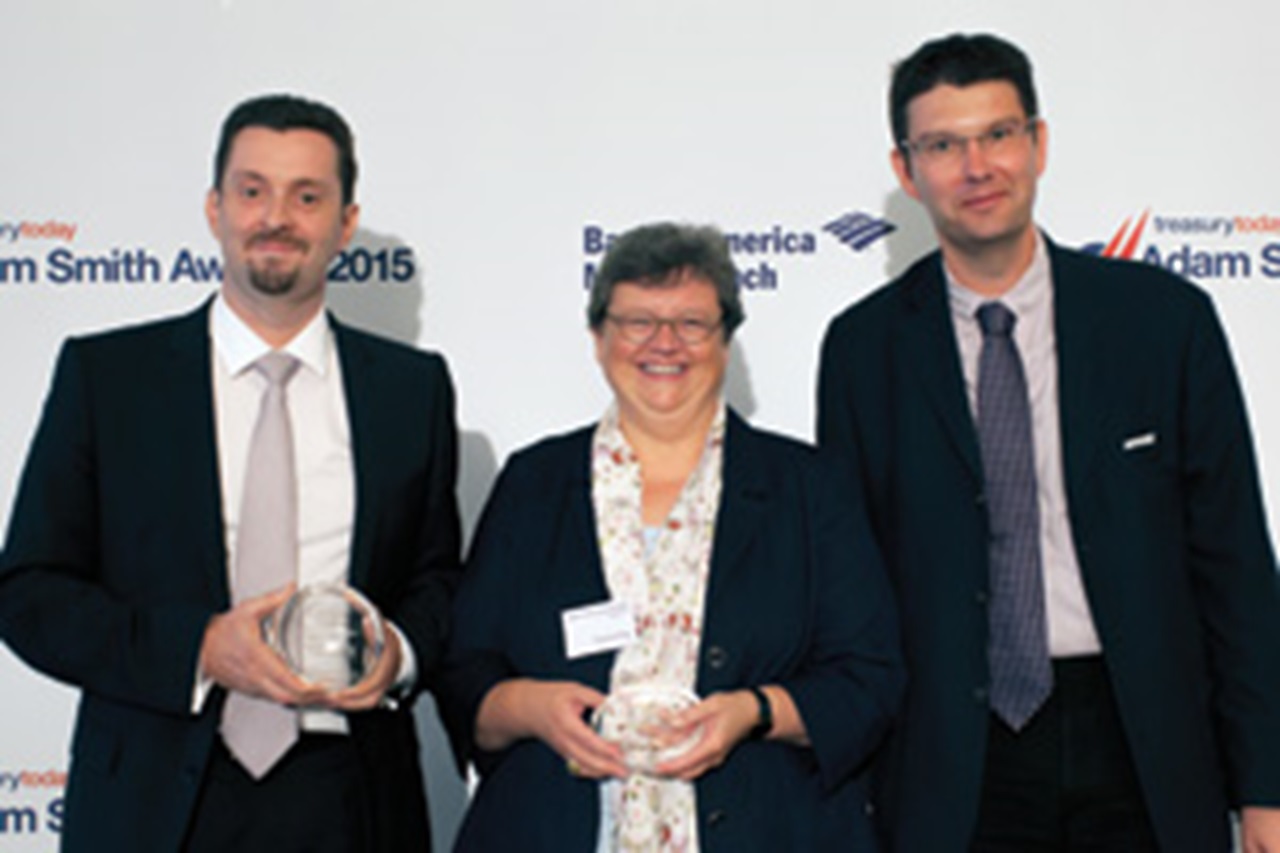

The scale of the transformation is vast: from being fragmented and country-specific, Novartis now has a single global structure, 100% automation from the company-to-banks-to-clearing, standardised processes and global KPIs to monitor performance and encourage constant improvement.
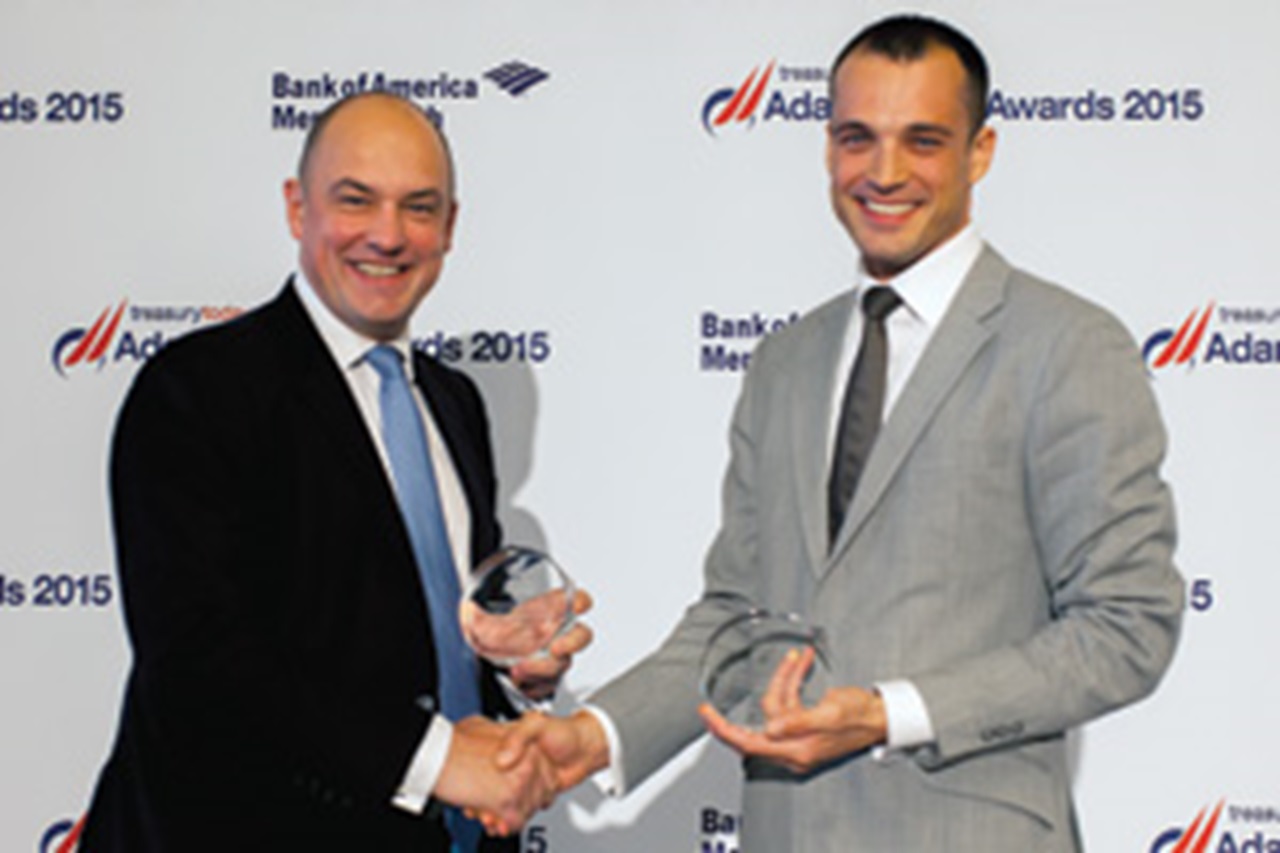

Our judges felt BGC should win this award because it has created an entirely new work culture in the treasury where service and efficiency are prioritised and skills and continuous learning are prized. Moreover, while this evolved over two years, many key initiatives were introduced in 2014 which is also the year in which Iraq faced fundamental security challenges.
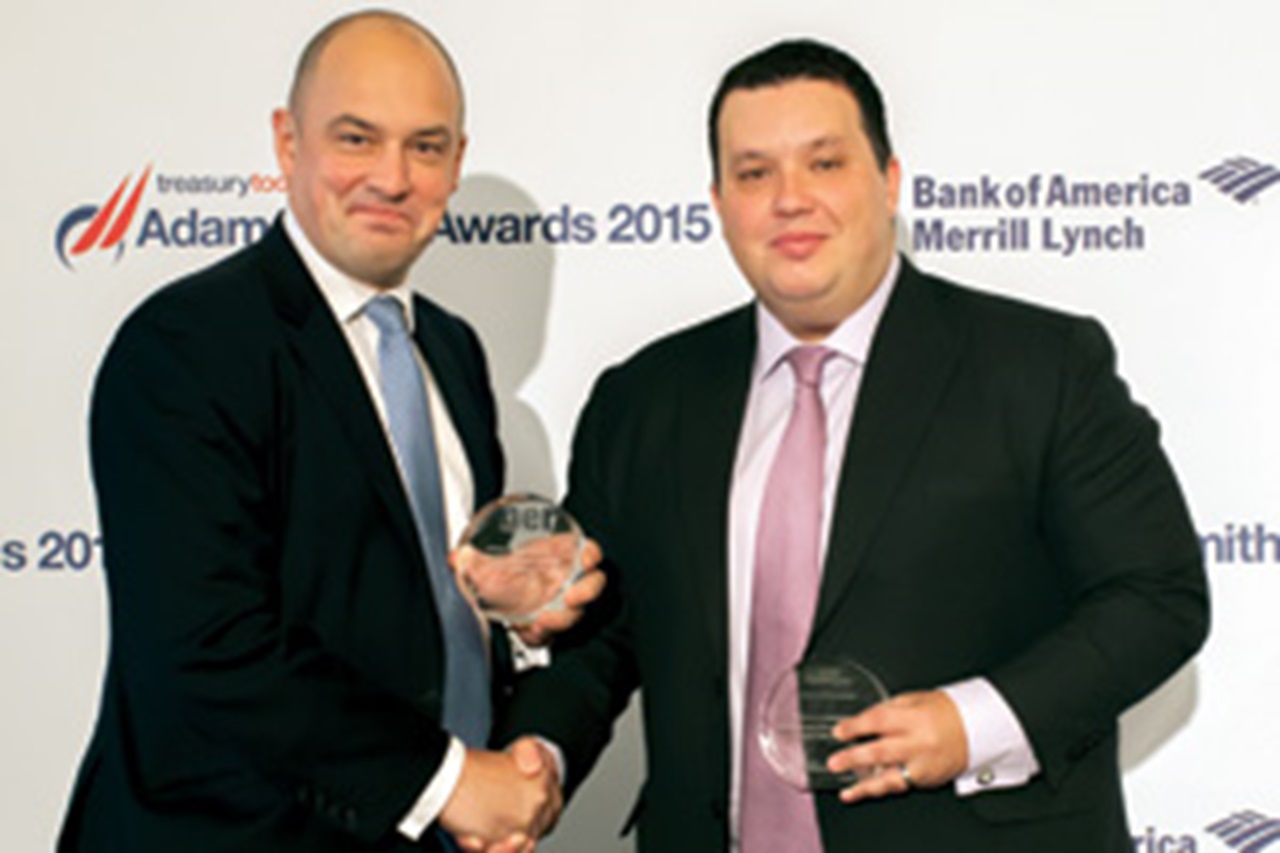

This transaction is the first supply chain finance programme in the airline industry in EMEA. The solution is fully automated from end-toend for Etihad Airways, its suppliers and the chosen bank and offers complete flexibility.
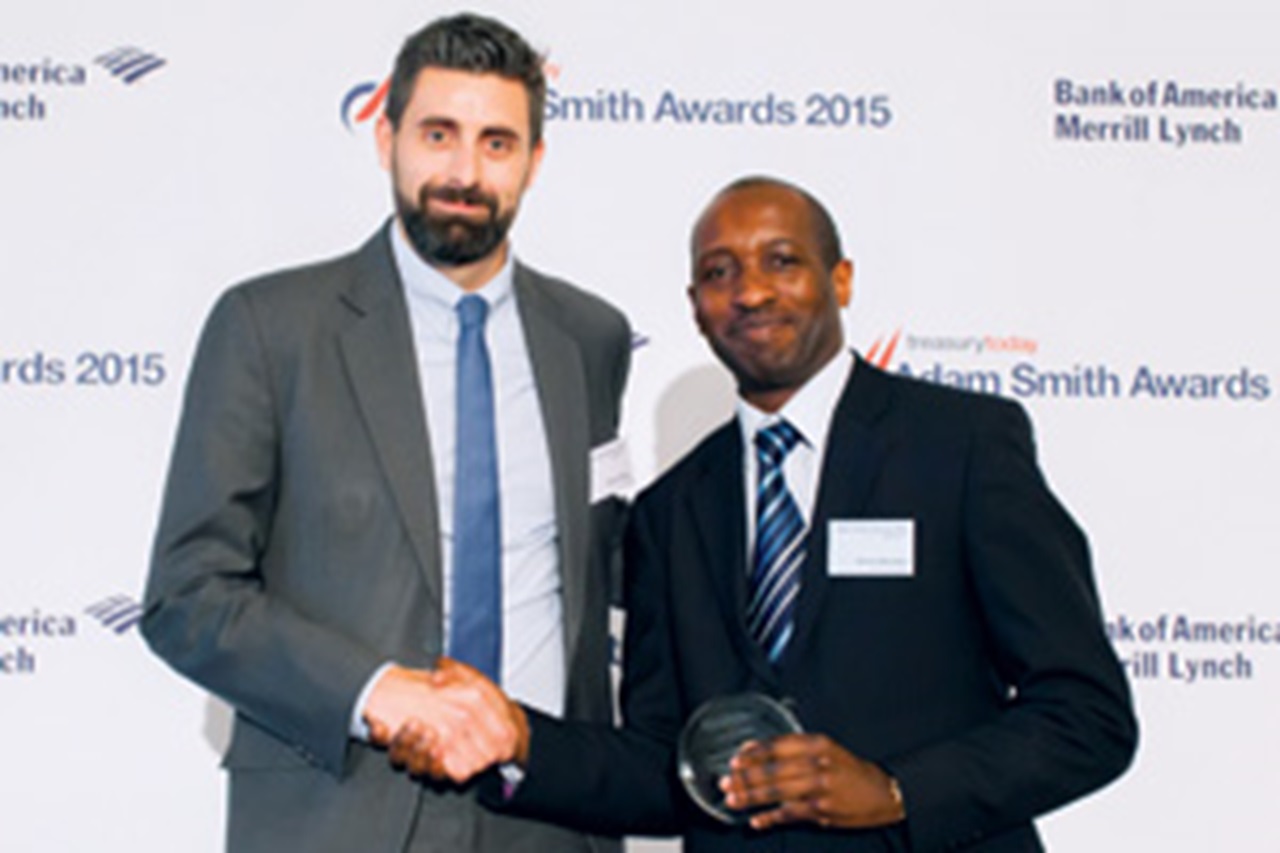

This solution harnesses the power of mobile technology like iPads, in order to improve the way the company interacts and processes transactions with its bankers. The solution has enabled treasury staff to input transactions on the system which the treasury manager can authorise while travelling.